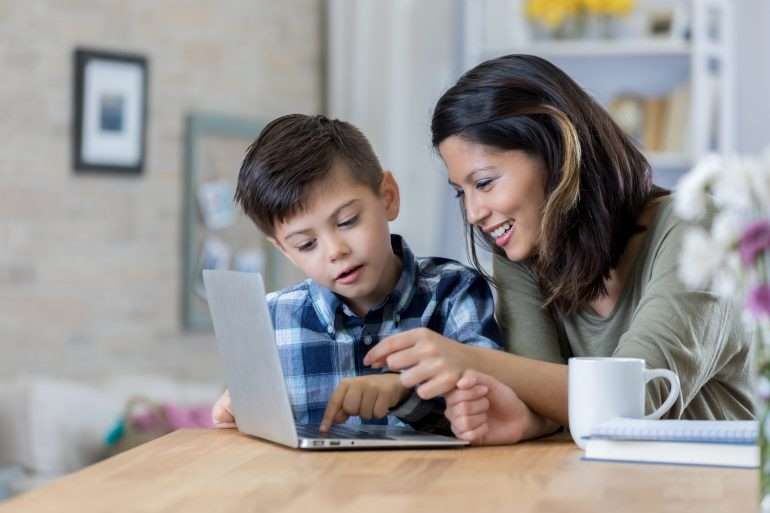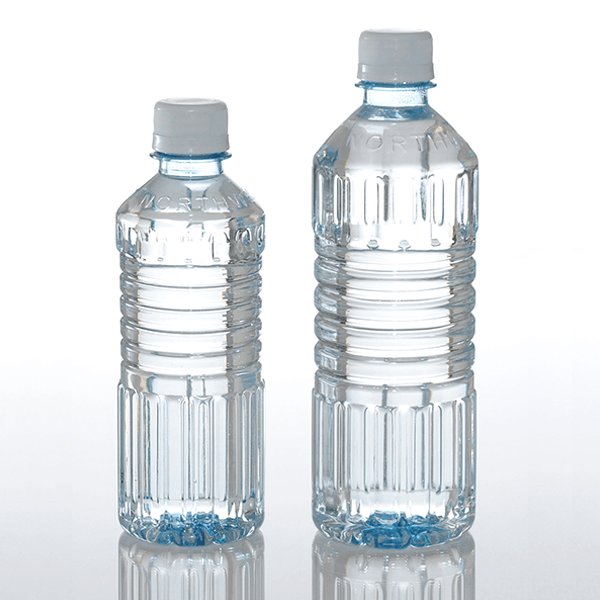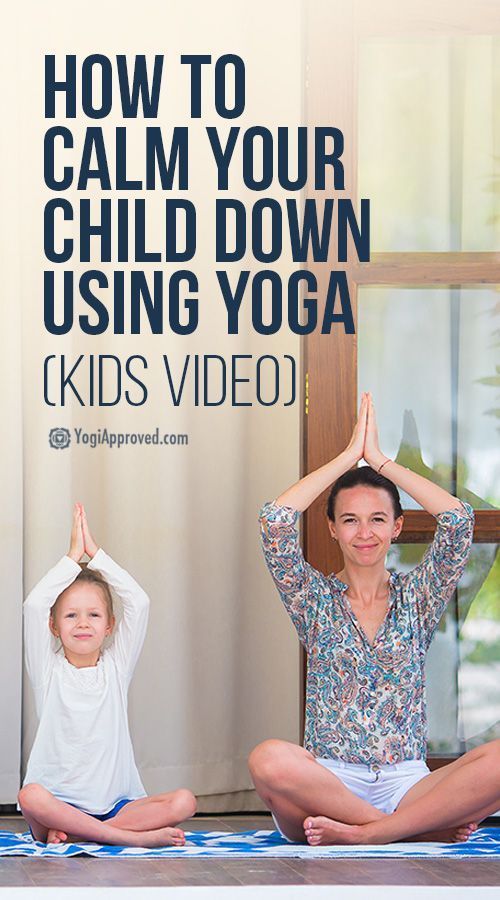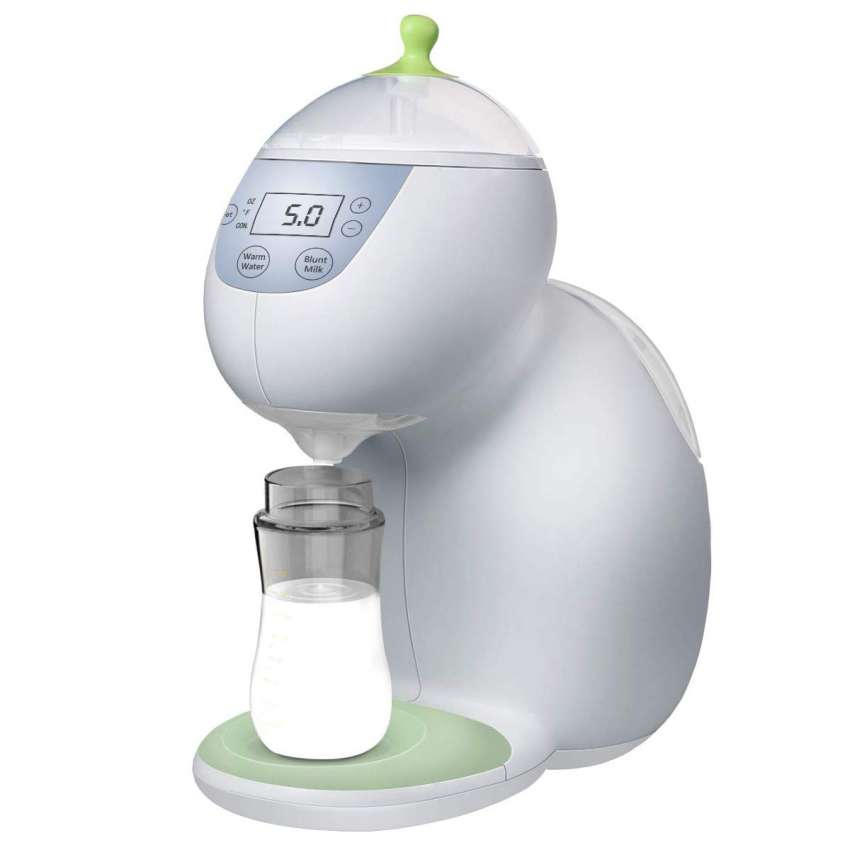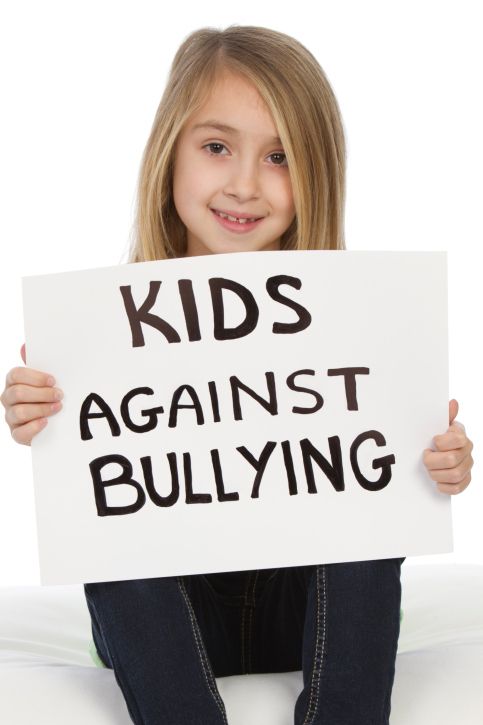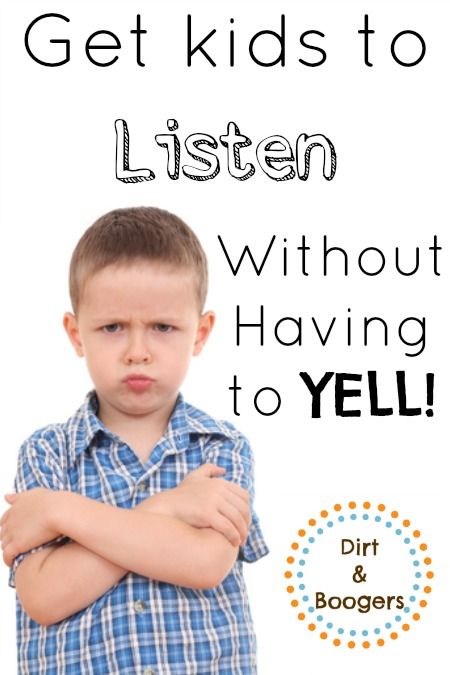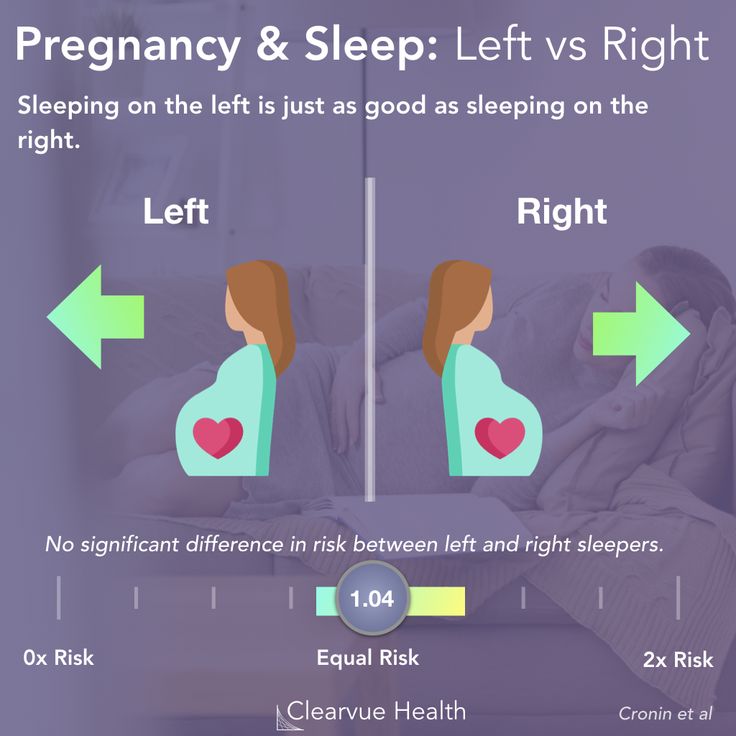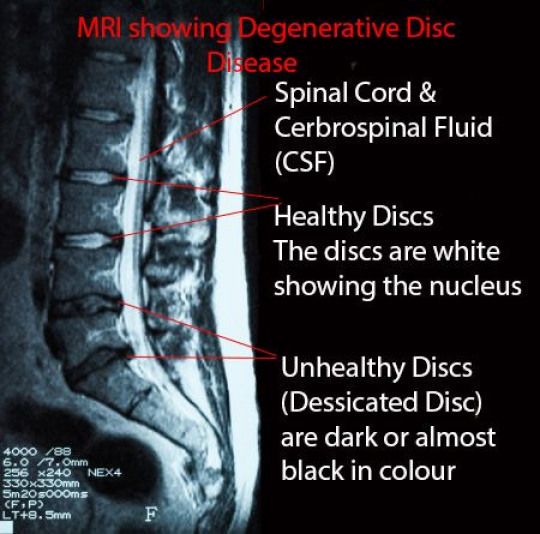First year milestones for babies chart
Baby Developmental Milestones and Chart
The first smile, the first step, the first word: Most parents remember exactly when their baby accomplished these big goals. But before baby reaches each one, you’re probably dying to know when to be on the lookout for the important baby developmental milestones, camera at the ready.
While it’s helpful to understand how baby development generally unfolds, don’t feel like you have to obsessively monitor your child’s progress against the baby milestone chart. As long as you’re keeping up with baby’s well visits, the doctor will keep track for you. “Pediatricians will ask parents questions about their child’s development at each well visit and look for certain developmental [concerns],” says Karen Fratantoni, MD, MPH, medical director of the Complex Care Program at Children’s National Health System in Washington, DC.
Also, keep in mind that every baby is unique, and there is a range for when children achieve their baby developmental milestones. To better reflect this, the Centers for Disease Control and Prevention (CDC) and American Academy of Pediatrics (AAP) adjusted their milestones guidelines in February 2022. The updates outline broader age ranges for milestone achievement, and since 75 percent of children generally fall within these ranges, developmental delays may be easier to spot, says Alexis Phillips-Walker, DO, a pediatrician at Memorial Hermann Medical Group Pediatrics in Atascocita, Texas. “These milestones enable parents to get help for their children earlier compared to the ‘watchful waiting’ approach previously associated with the older guidelines,” she explains.
The below baby milestone chart gives you an overview of what your child’s behavior may be like at each age—and when you can expect to check the big baby developmental milestones off the list. But of course, remember every child is different and will hit their picture-worthy milestones at their own pace.
In this baby milestone chart:
1 month old baby developmental milestones
2 month old baby developmental milestones
3 month old baby developmental milestones
4 month old baby developmental milestones
5 month old baby developmental milestones
6 month old baby developmental milestones
7 month old baby developmental milestones
8 month old baby developmental milestones
9 month old baby developmental milestones
10 month old baby developmental milestones
11 month old baby developmental milestones
12 month old baby developmental milestones
Baby milestones by month: FAQs
When should I be concerned about baby developmental milestones?
1 Month Old Baby Developmental Milestones
Baby’s senses are still developing—and they’ll be busy testing them out to help make sense of this strange new world.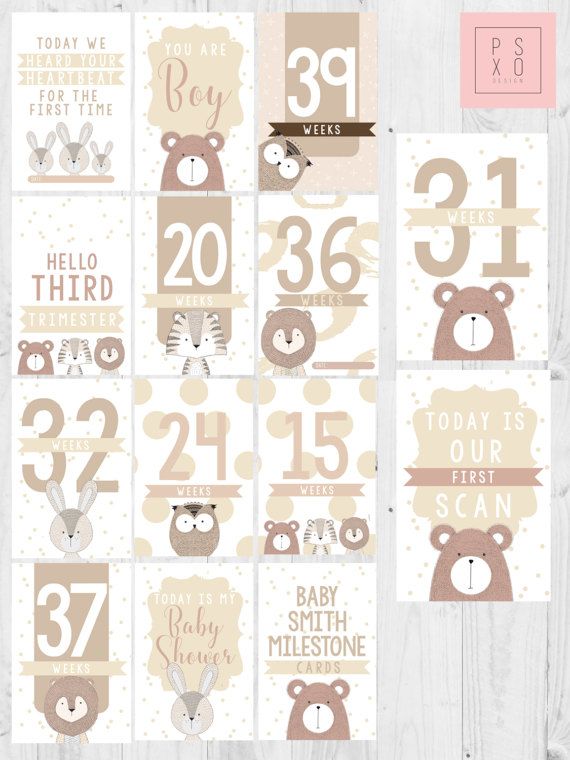
Monthly baby milestones:
- Notices faces
- Sees bold patterns, especially in black and white
- Recognizes the sound of your voice
- Brings hands within range of their eyes and mouth
See what else baby will be doing at 1 month here.
2 Month Old Baby Developmental Milestones
The CDC’s new milestone guidance starts at 2 months. Observe these 2-month baby developmental milestones closely—if baby isn’t achieving them, your pediatrician may want to explore further. “The ability to track an object is important,” says Carrie Brown, MD, a pediatrician at Arkansas Children’s Hospital in Little Rock, Arkansas, because the inability to do so may indicate a visual or brain impairment, “just like not turning their head to sounds could indicate a hearing issue.”
Monthly baby milestones:
- Starts to coo and make sounds beyond a simple cry
- Starts to smile at people
- Briefly calms themselves (may bring their hands to their mouth to self-soothe) when spoken to or picked up
- Begins to follow things with eyes and recognizes people at a distance
- Turns their head in the direction of sounds
- Makes smoother movements with their arms and legs
- Holds their head up when lying on their stomach
See what else baby will be doing at 2 months here.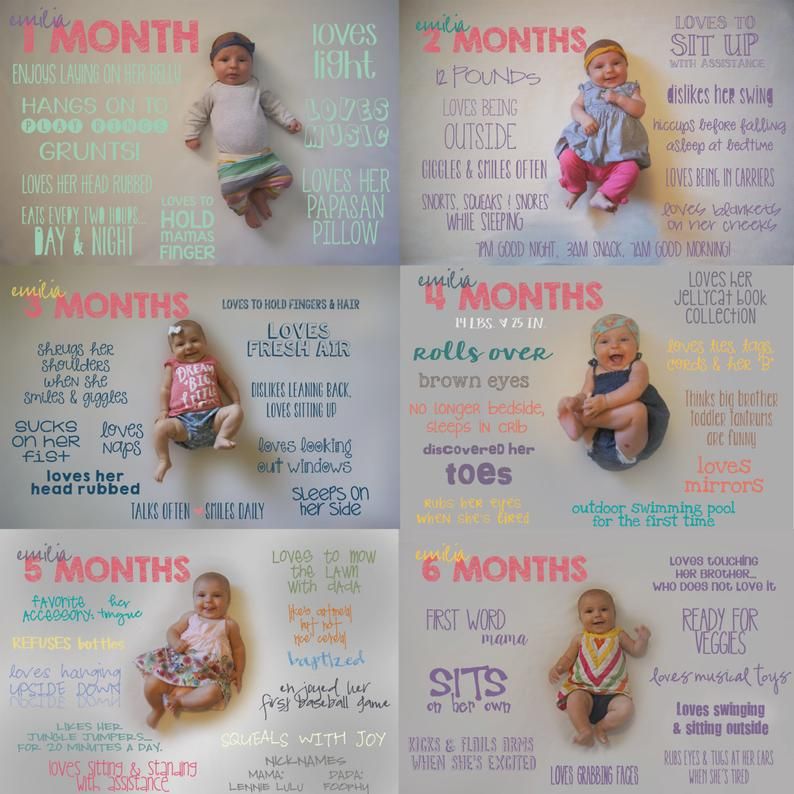
3 Month Old Baby Developmental Milestones
How time flies—baby is no longer considered a newborn! Baby’s emotional skills are developing: They may start to use different cries to tell you what they’re feeling and begin to enjoy playing with other people.
Monthly baby milestones:
- Can distinguish your face from others
- Starts to have different cries for different needs—hunger, diaper change, pain, etc.
- Opens and shuts their hands
- Swipes at dangling objects
- Follows moving objects with their eyes
- Enjoys playing with other people (and may cry when the playing stops)
See what else baby will be doing at 3 months here.
4 Month Old Baby Developmental Milestones
Baby is becoming more alert and eager to explore the world around them. At this age, you might hear baby’s adorable chuckle or watch them try to lift themselves up during tummy time.
Monthly baby milestones:
- Starts to chuckle (not quite a full laugh)
- Copies facial expressions
- Holds their head up, unsupported
- Pushes up onto their elbows when they’re lying on their tummy
See what else baby will be doing at 4 months here.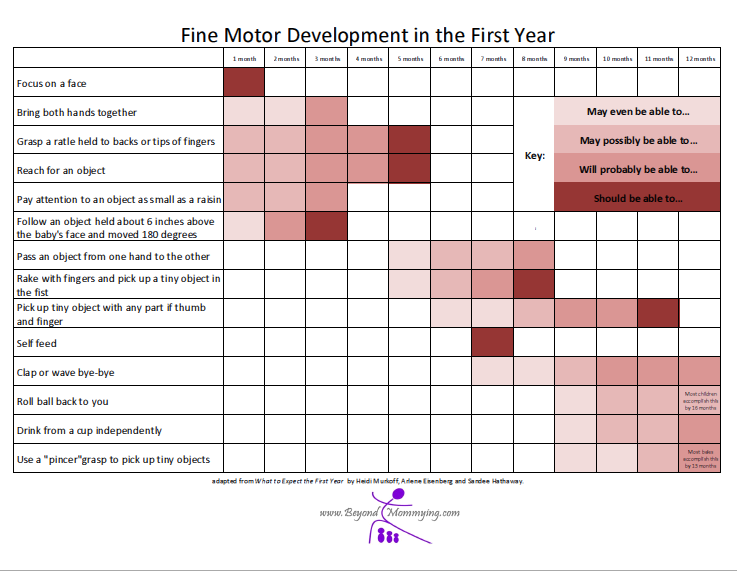
5 Month Old Baby Developmental Milestones
The skills baby is building now may seem small, but they form the foundation for bigger skills that’ll pop up later on the baby milestone chart—and may help your doctor diagnose an issue early if you notice something isn’t right. “All the milestones are a big deal because they build upon one another,” says Natasha Burgert, MD, FAAP, a pediatrician in Kansas City, Missouri, and blogger behind KC Kids Doc. “You can’t walk if you can’t pull up. You can’t speak in sentences if you don’t have simple words.”
Monthly baby milestones:
- Babbles
- Entertains themselves for short periods of time
- May start to differentiate between colors
See what else baby will be doing at 5 months here.
6 Month Old Baby Developmental Milestones
At the six-month mark, baby may be ready to start accomplishing some huge developmental milestones—like mobility! But even if they don’t start creeping (pushing themselves around on their tummy) at 6 months, there’s no reason to worry. “There’s a range of time during which each skill is expected to develop, and that range can be narrow for some and wider for others,” Fratantoni says.
“There’s a range of time during which each skill is expected to develop, and that range can be narrow for some and wider for others,” Fratantoni says.
Monthly baby milestones:
- Rolls over from tummy to back (though some babies may accomplish this earlier, around 4 months)
- Explores toys by putting them in their mouth
- Reaches for toys they want
- Loves to look at themselves in a mirror
- Starts creeping along the floor
- Passes things from one hand to the other
- Starts to understand simple words
- Leans on hands for support when sitting
See what else baby will be doing at 6 months here.
7 Month Old Baby Developmental Milestones
Baby is becoming a little scientist and manipulating surrounding objects to learn more about them. That can lead to the pretty annoying habit of dropping things onto the floor, but it’s an encouraging sign of baby’s curiosity.
Monthly baby milestones:
- Enjoys dropping things on the floor
- May start to copy sounds and gestures of others
- Can process and understand a wide range of sounds
- Finds partially hidden objects
See what else baby will be doing at 7 months here.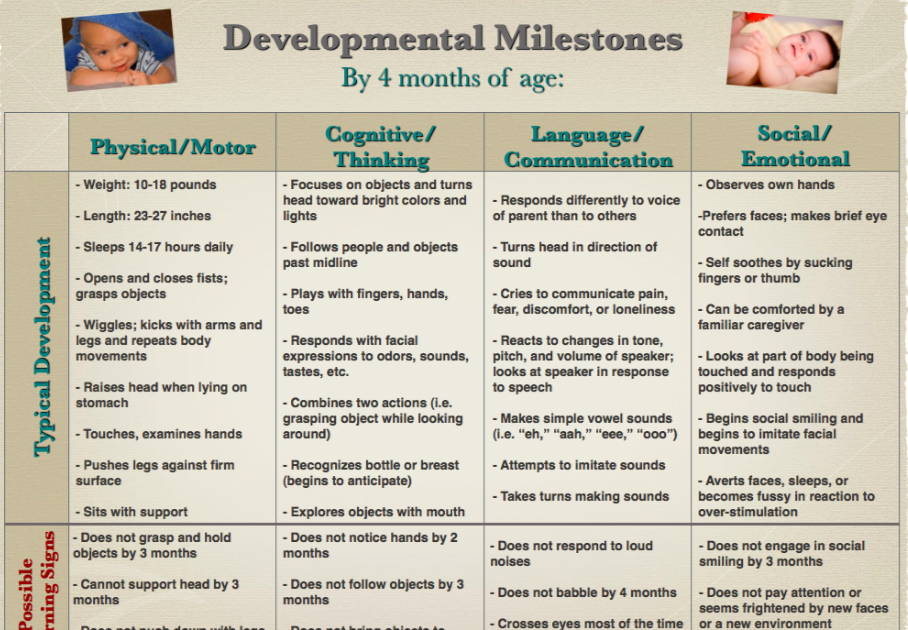
8 Month Old Baby Developmental Milestones
At this age, you might be paying particular attention to baby’s developing mobility—especially if you’re babyproofing to help keep your little explorer safe. “Parents may focus more closely on one domain of a child’s development, such as gross motor skills like crawling or walking on time, but I think it’s helpful for parents to consider all domains of a child’s development,” Fratantoni says. This is especially important because some babies never crawl at all—they skip straight to walking! In fact, the developmental milestone isn’t listed in the CDC’s new guidance for this reason.
Monthly baby milestones:
- Begins crawling
- May be able to stand while holding onto something
- May start to lean over to pick up toys
See what else baby will be doing at 8 months here.
9 Month Old Baby Developmental Milestones
Your babbling baby may start to experiment with different tones and sounds as they inch toward one of the biggest baby developmental milestones—talking.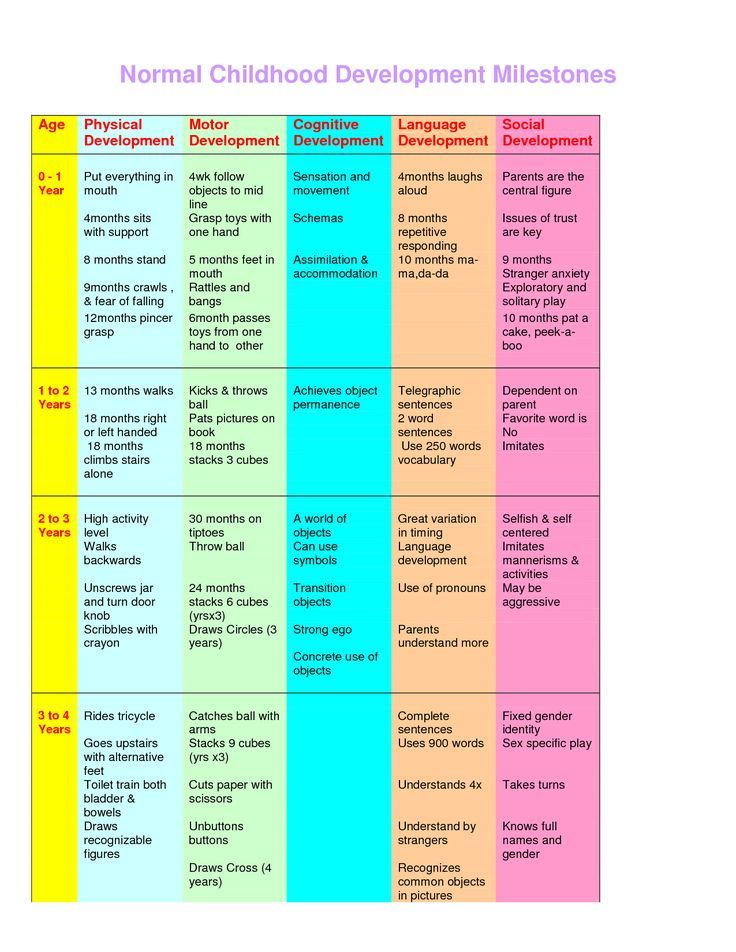 But experts say not to worry if you aren’t hearing that long-awaited “mama” or “dada” quite yet. “Not all children talk at the same time, but they should make constant forward progress,” Brown says. “Children progress from cooing to consonant sounds to simple words to two-word phrases to small sentences.”
But experts say not to worry if you aren’t hearing that long-awaited “mama” or “dada” quite yet. “Not all children talk at the same time, but they should make constant forward progress,” Brown says. “Children progress from cooing to consonant sounds to simple words to two-word phrases to small sentences.”
Monthly baby milestones:
- May be wary of strangers and clings to familiar people
- Has favorite toys
- Makes a lot of different sounds, like “mamamama” and “bababababa”
- Uses fingers to point at things and “rake” food towards themselves
- Responds to their name
- Plays simple games like peekaboo
- Gets into a sitting position without help and starts to sit unaided
- Begins to understand object permanence and looks for objects dropped out of sight
- Explores things in different ways, like shaking, banging and throwing
See what else baby will be doing at 9 months here.
10 Month Old Baby Developmental Milestones
If you’re part of a playgroup, you may start to see a wide range of abilities emerge at this age—many babies may still be crawling, but some may be already starting to cruise and a few bold souls may be nearly ready to take their first steps.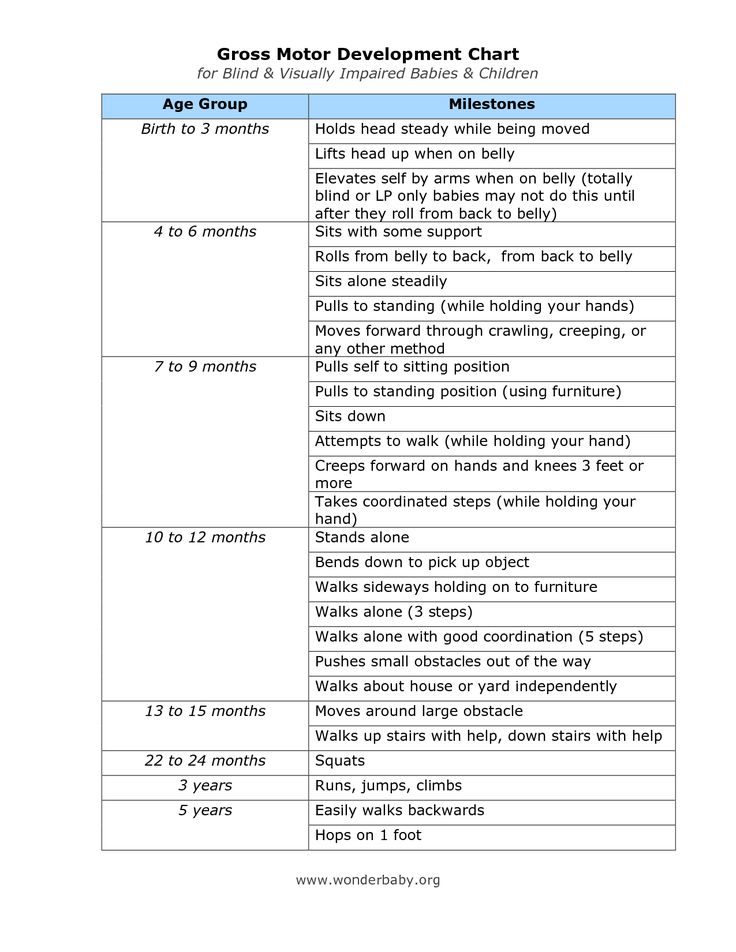 And all of them are right on track.
And all of them are right on track.
Monthly baby milestones:
- Starts to develop a pincer grasp (using the thumb and index finger)
- Begins feeding themselves finger food, thanks to better hand-eye coordination
- Develops separation anxiety
See what else baby will be doing at 10 months here.
11 Month Old Baby Developmental Milestones
Even if baby hasn’t taken their first step, don’t rush them. “A baby milestone chart is a great guide to see if your baby is working toward expected physical, verbal and social goals. The exact progression, however, can’t be rushed or pushed forward any faster than your baby’s brain allows,” Burgert says. “What’s most important is to enjoy every phase of development as it’s occurring. When you crave fast progress, you can miss the magic of the moment.”
Monthly baby milestones:
- Crawls up the stairs (while supervised)
- Makes sounds with changes in tone (sounds more like speech)
See what else baby will be doing at 11 months here.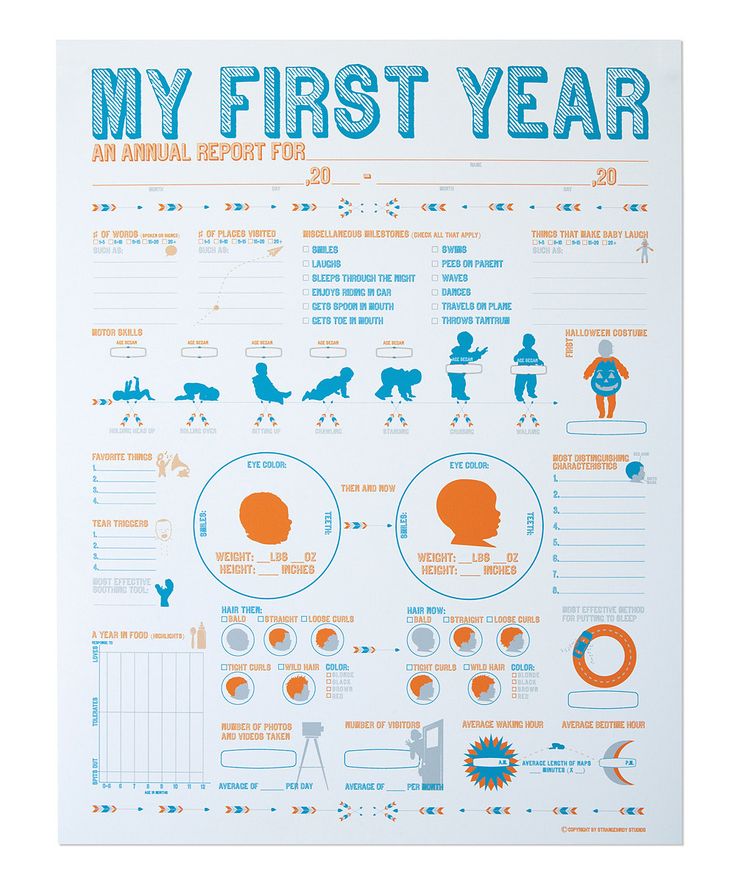
12 Month Old Baby Developmental Milestones
Congratulations! Baby has officially graduated to toddler status. You can look back on all the amazing things on the baby milestone chart that your child has mastered over the past 12 months—it’s quite a lot!
Monthly baby milestones:
- Uses basic gestures, like shaking their head “no” or waving “bye-bye”
- Begins to respond to “no”
- Says “mama” and “dada” and exclamations like “uh-oh!”
- Starts to use things correctly; for example, drinks from a cup or brushes their hair
- Can pick things up (like small bits of food) between thumb and forefinger
- Pulls up to stand and may be able to stand alone
- Starts cruising (shuffling along while holding onto furniture)
See what else baby will be doing at 12 months here.
Baby Milestones by Month: FAQs
It’s exciting to know what skills baby will gain month over month, but there are some major baby developmental milestones that all parents are eagerly anticipating—they just might not know exactly when they’ll happen.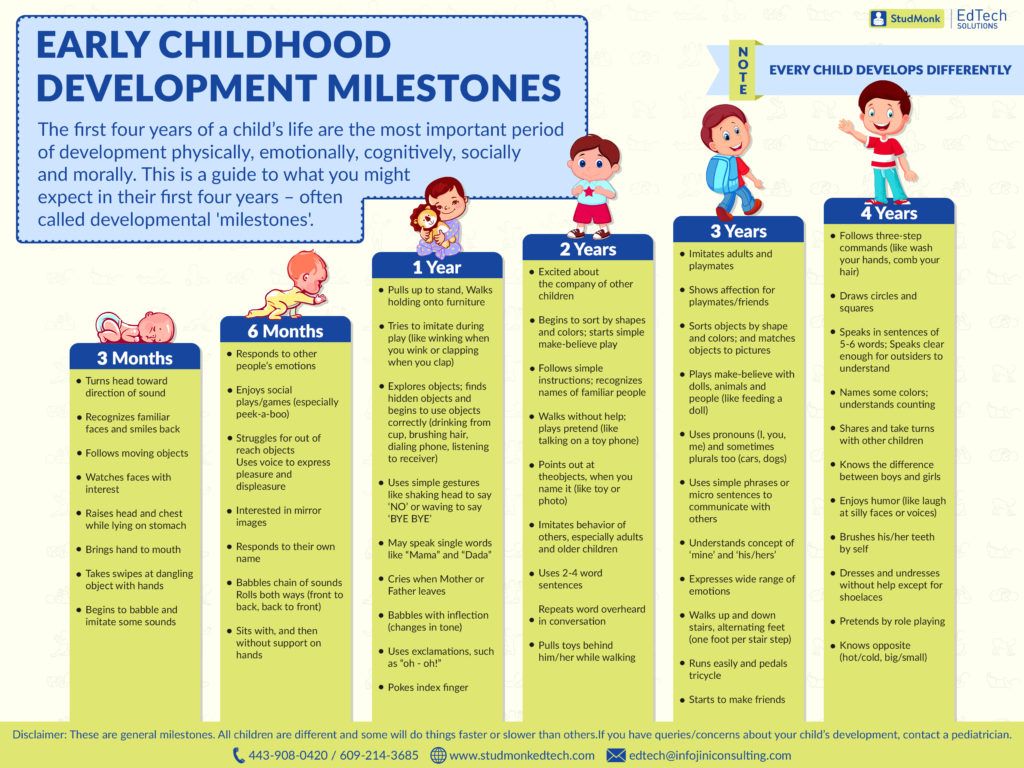 Curious when baby will hit specific milestones? Take a peek at the “cheat sheet” below.
Curious when baby will hit specific milestones? Take a peek at the “cheat sheet” below.
When do babies smile?
While you might see a “reflexive” smile from baby in the early weeks, babies typically don’t learn how to consciously smile until 2 or 3 months of age. By this time, babies start to socially smile in response to their surroundings. Be sure to have your camera ready!
When do babies start laughing?
Babies usually learn to chuckle around month 3 or 4 and fully laugh around month 6. If you’re eagerly waiting to hear baby’s giggle, these are the months to start listening for it.
When do babies start rolling over?
Babies typically begin rolling over around the 4-month mark. At this time, baby is getting stronger and will likely practice pushing their chest off the ground and rocking side to side, eventually making a complete roll from their belly to their back. By 6 months, babies have usually mastered rolling from their backs to their bellies and vice versa.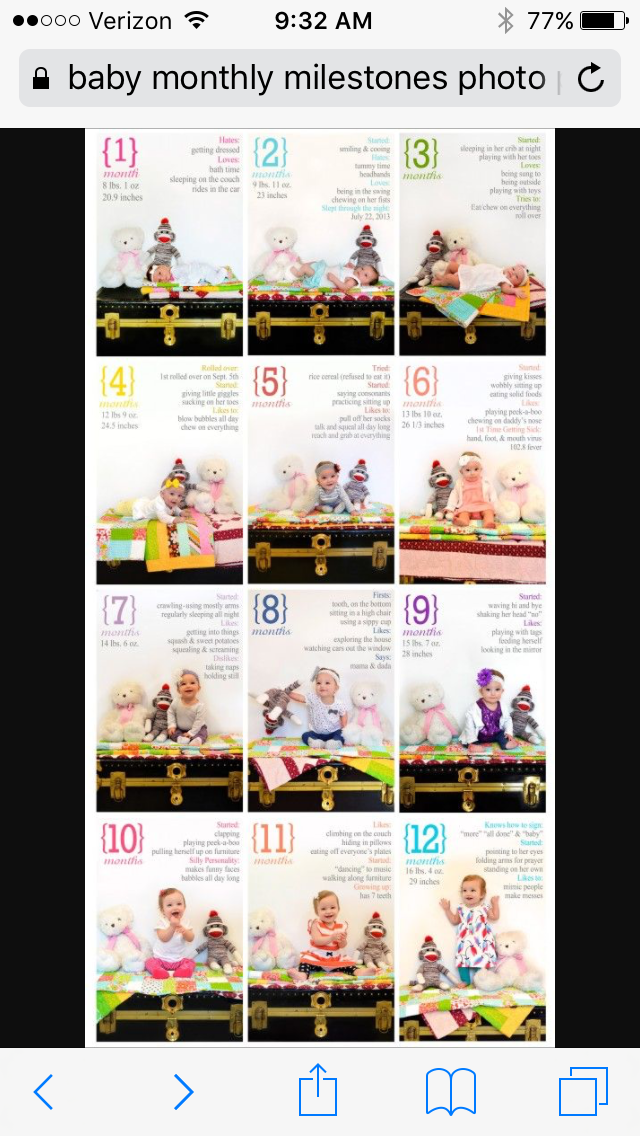
When do babies start crawling?
While the new CDC guidelines do not include age ranges for crawling, some babies achieve this developmental milestone as early as 6 or 7 months old, while others wait until closer to 10 months. Keep in mind, though, that some babies skip crawling altogether and go straight to walking.
When can babies see in full color?
At birth, baby will only see shades of black, white and grey. As their eyes begin to develop, they’ll slowly begin to differentiate between hues. By 7 months, baby should be able to see the full spectrum of colors.
When do babies start talking?
Babies will usually begin babbling around 6 months and will slowly progress to forming words. By 12 months, many babies will begin saying their first words like “mama” or “dada.” However, some babies prefer to take their time when it comes to speaking, so be patient.
When do babies start walking?
Babies can begin experimenting with walking as early as 9 months.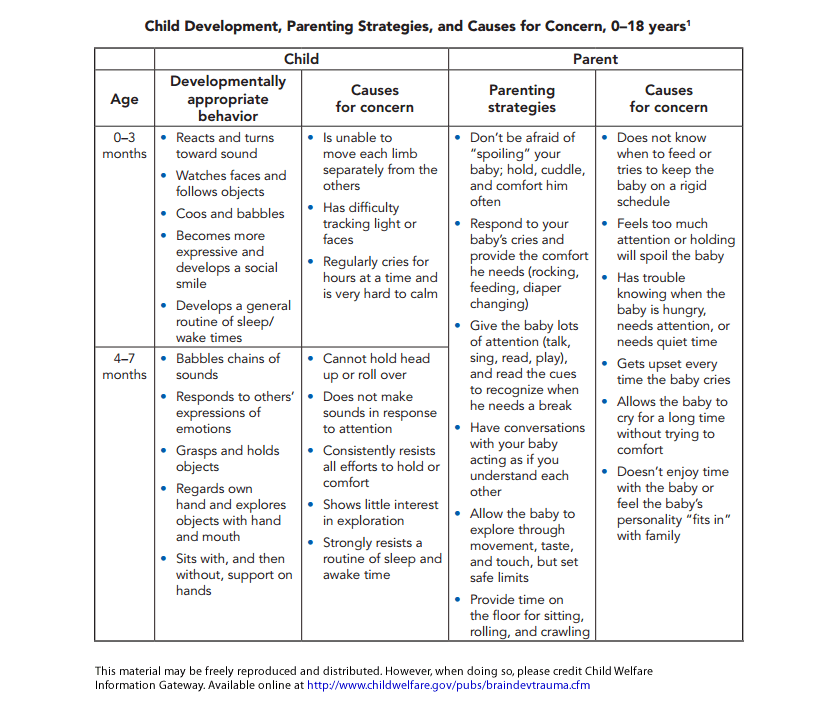 However, it’s not uncommon for some babies to wait until the one-year mark—or as late as 18 months—to take those first steps.
However, it’s not uncommon for some babies to wait until the one-year mark—or as late as 18 months—to take those first steps.
When Should I Be Concerned About Baby Developmental Milestones?
While it’s important to keep an eye on these markers, the ages at which babies will meet them are not set in stone. Every child progresses at their own speed, and doctors say not to be overly concerned if your little one isn’t hitting the developmental milestones exactly when the baby milestone chart says they should. “Children develop along a spectrum, and not all children do things at the same time or according to any baby milestone chart that parents may have,” Brown says. Your little one might be quick to start crawling but slower when it comes to walking. Or they may not speak for months, only to wake up one day talking up a storm.
That said, if you are at all concerned about baby’s development, don’t hesitate to bring it up with your child’s pediatrician, as there is a lot of value in early intervention.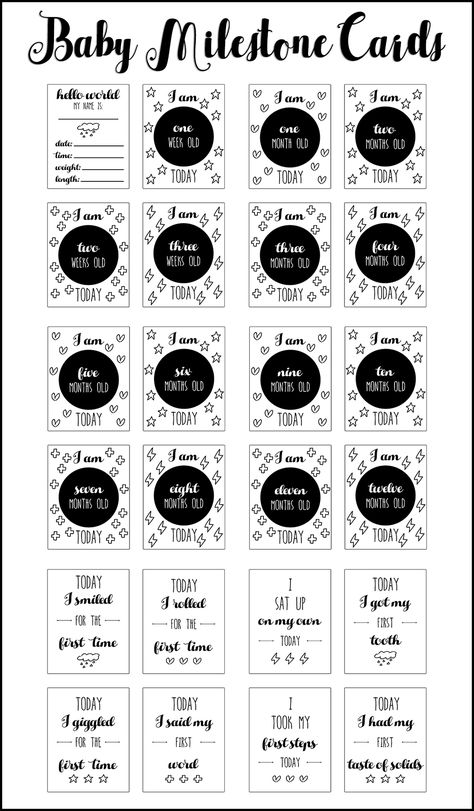 “The biggest reason for concern is if you feel your child isn’t moving forward and making progress toward new skills,” Brown says. “Then you should talk to your doctor and see if they share your concerns.” They’ll complete an assessment and, if necessary, recommend next steps.
“The biggest reason for concern is if you feel your child isn’t moving forward and making progress toward new skills,” Brown says. “Then you should talk to your doctor and see if they share your concerns.” They’ll complete an assessment and, if necessary, recommend next steps.
About the experts:
Karen Fratantoni, MD, MPH, is the medical director of the Complex Care Program at Children’s National Health System in Washington, DC. She earned her medical degree from Eastern Virginia Medical school in 1996.
Natasha Burgert, MD, FAAP, is a pediatrician at Pediatric Associates in South Overland Park, Kansas, and the blogger behind KC Kids Doc. She earned her medical degree from University of Nebraska Medical Center in Omaha, Nebraska.
Alexis Phillips-Walker, DO, is a pediatrician with Memorial Hermann Medical Group Pediatrics Atascocita in Atascocita, Texas. She earned her medical degree at Ohio University College of Osteopathic Medicine in Athens.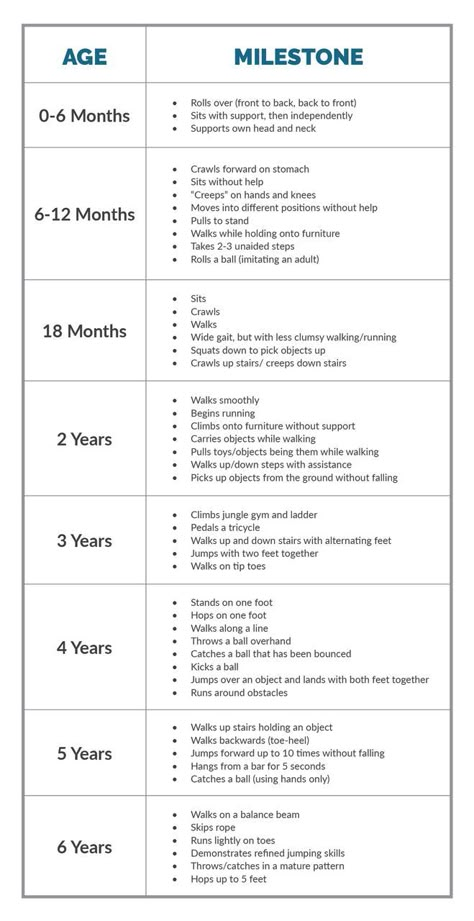
Please note: The Bump and the materials and information it contains are not intended to, and do not constitute, medical or other health advice or diagnosis and should not be used as such. You should always consult with a qualified physician or health professional about your specific circumstances.
Baby milestones chart: Development milestones by month
Baby milestones are skills babies learn in the first 12 months of life. A lot happens in the first year: Babies start cooing, babbling, imitating speech, and saying their first words. They smile, laugh, and interact with their caregivers. Movement milestones include rolling over, sitting unassisted, crawling, standing, and potentially walking. All babies develop at a different pace, and variations are normal. But keeping an eye on your baby's milestones month by month helps to ensure their development is on track.
Baby milestones
Baby milestones are the accomplishments or skills you can expect your child to achieve or learn in the first year of life.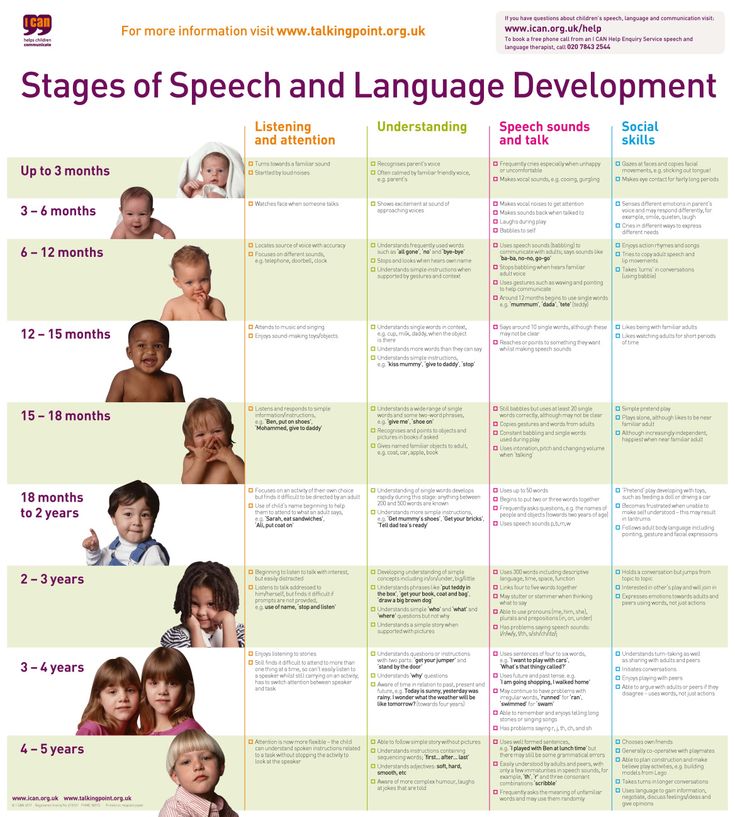 Watching for development milestones helps you and your baby's pediatrician ensure that your baby's development is on track.
Watching for development milestones helps you and your baby's pediatrician ensure that your baby's development is on track.
In the first year, babies learn and grow at an astonishing pace. These 12 months are chock-full of exciting development milestones, from saying "mama" or "dada" to sitting up, crawling, and maybe even taking those momentous first steps. Although all children develop at different rates, there's a standard milestone timeline that most babies follow.
As you learn which baby milestones to expect this year, keep in mind that this is only a guideline. Each child is unique and develops at their own pace. If your baby is advanced in one skill (say, crawling or walking), they may be less advanced in another (such as talking). Rest assured, there's a wide range of what's considered normal.
Still, let the doctor know if you notice that your little one is behind on certain baby milestones month to month. Your child's pediatrician may want to check for development delays.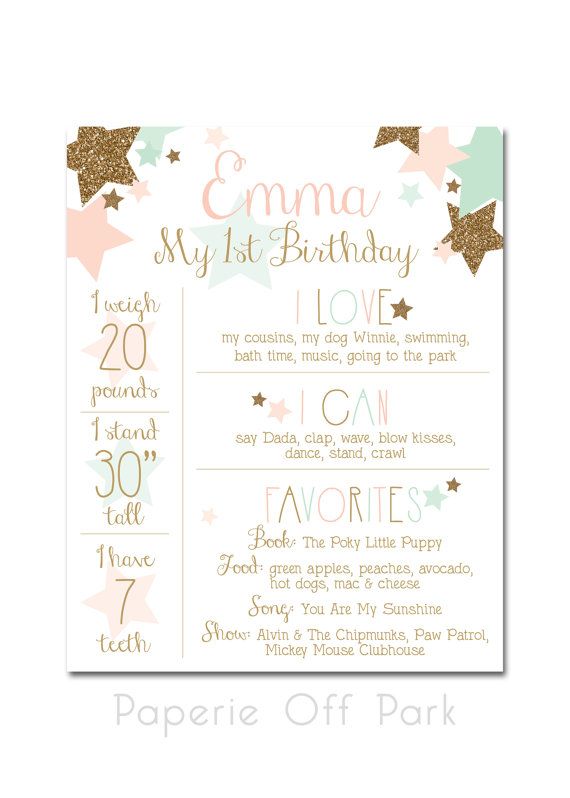 The earlier any potential issues are detected, the sooner they can be addressed, often leading to a better outcome.
The earlier any potential issues are detected, the sooner they can be addressed, often leading to a better outcome.
For more information on helping your baby meet physical milestones, check out Meeting physical milestones through play, BabyCenter's course about using play to foster your baby's healthy development.
Here are baby milestones to look out for according to the American Academy of Pediatrics, March of Dimes, and Centers for Disease Control and Prevention.
1 month old milestones
- Tries different facial expressions
- Can recognize your smell
- Startles at loud noises (hearing is fully developed)
- Can see things 8 to 12 inches away (eyesight is developing)
- Enjoys high-contrast patterns, especially black and white
- May be able to hold their head up for brief moments
- May be able to turn head from side to side during tummy time
Learn more about milestones, growth, and development for your 1-month-old.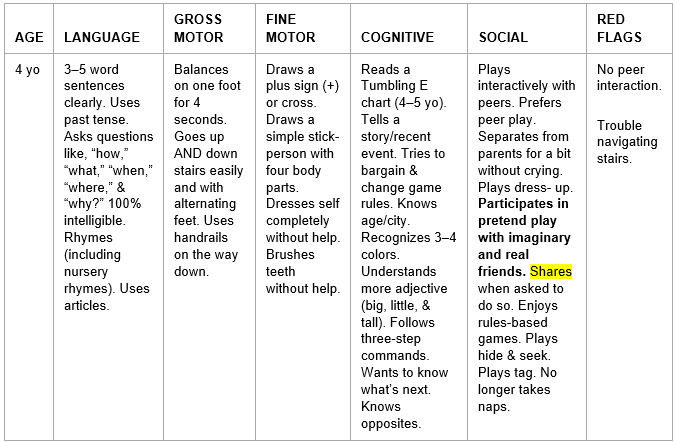
2 month old milestones
- May smile
- Brings hands to mouth
- Possibly self-soothes by thumb-sucking
- Makes cooing noises
- Turns head toward sounds, especially your voice
- Visually tracks an object in front of them
- Tries to look at a parent's face
- Has improved head and neck control, thanks to plenty of tummy time
- Makes smoother arm and leg movements
Learn more about milestones, growth, and development for your 2-month-old.
3 month old milestones
- Smiles socially in response to others
- May laugh
- Lifts head and chest during tummy time and possibly supports upper body with arms
- Kicks when placed on back
- Pushes down on feet when placed against a solid surface
- Watches faces
- Follows objects with eyes
- Turns head toward sounds
- Makes babbling noises
- Imitates sounds
- Has improved hand-eye coordination
- Reaches for and may be able to grasp toys
- Open and shuts hands
- Brings hands to mouth
- Might begin rolling from tummy to back
Learn more about milestones, growth, and development for your 3-month-old.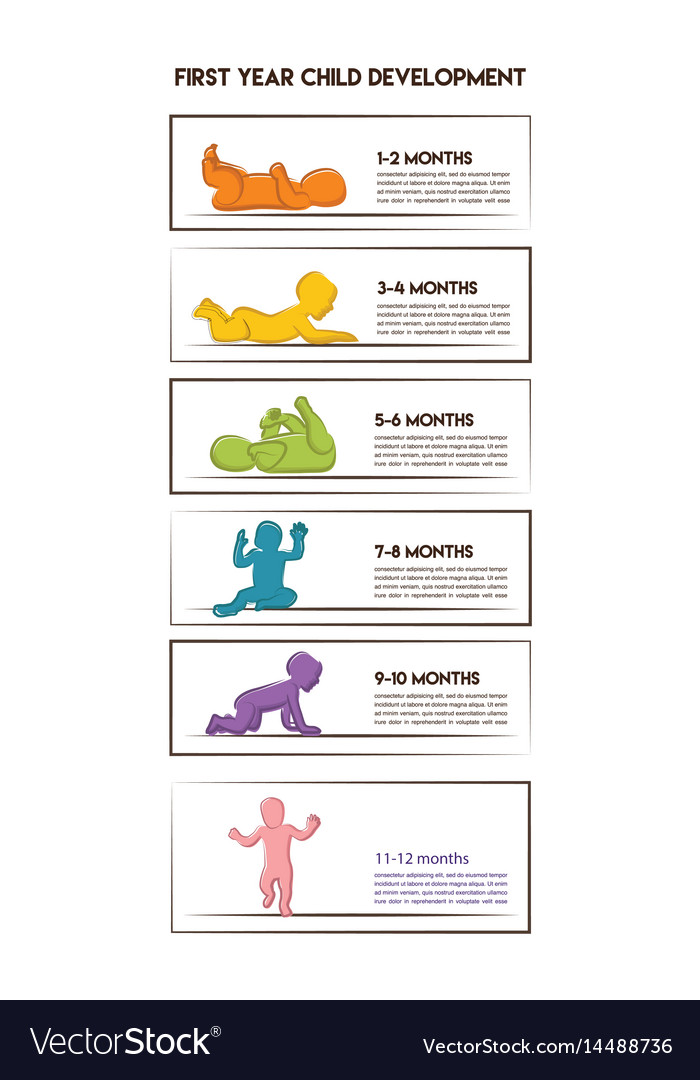
4 month old milestones
- Smiles at familiar faces
- Recognizes objects, like a favorite toy
- Uses hands and eyes together to reach and grab for objects of interest
- Enjoys playing with toys
- May get frustrated when it's time to stop playing
- Begins to babble
- Imitates sounds and facial expressions
- Holds head steady without support
- Pushes body up onto elbows during tummy time
- May roll over from tummy to back
Learn more about milestones, growth, and development for your 4-month-old.
5 month old milestones
- Enjoys playing games like "peek-a-boo"
- Can likely roll over from tummy to back
- May be able to sit when propped up with pillows
- Picks up and moves objects with hands
- Understands cause and effect (for example, that dropping a block makes noise)
Learn more about milestones, growth, and development for your 5-month-old.
6 month old milestones
- Recognizes familiar people
- Enjoys looking in the mirror (recognizes self)
- Likes playing games like patty-cake
- Responds to other people's emotions
- Tries to "talk" with you, or babbles back at you
- Says consonant sounds like "m" and "b"
- Responds to own name
- Is curious about the surrounding world
- Explores objects using mouth
- Passes toys between hands
- Rolls from tummy to back and back to tummy
- May attempt to get up on hands and knees and rock back and forth
- May be able to sit without support
- Likely has fun bouncing on legs when supported
Learn more about milestones, growth, and development for your 6-month-old.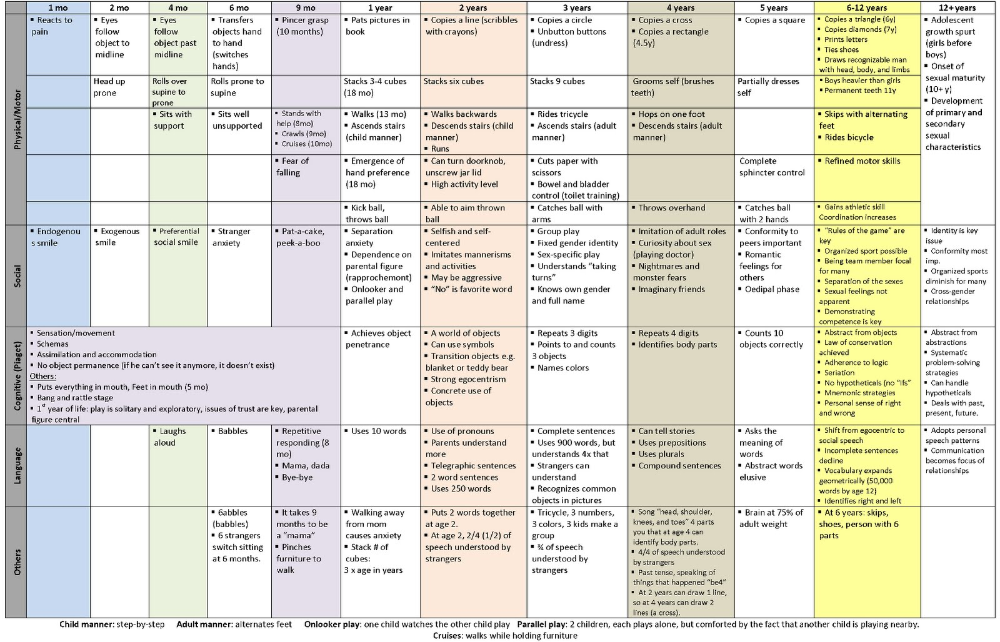
7 month old milestones
- Rolls both ways (from tummy to back and back to tummy)
- Notices and tracks distant objects with eyes
- Reaches with one hand
- Picks up larger objects
- Passes objects between hands
- Uses a "raking" movement to move small objects
- May understand some words, including their own name and "no"
- Babbles chains of consonants like "ma ma ma ma"
- Reacts to emotion in your voice
- Loves playing with you
- Might be able to sit without support
- May be able to support their own weight on their feet when held under armpits
Learn more about milestones, growth, and development for your 7-month-old.
8 month old milestones
- Sits without support
- Babbles
- Easily passes objects between hands
- Might become attached to a special toy
- May pull themselves up to stand
- Could start to crawl
- May say some words, like "mama"
- Might grasp smaller objects
Learn more about milestones, growth, and development for your 8-month-old.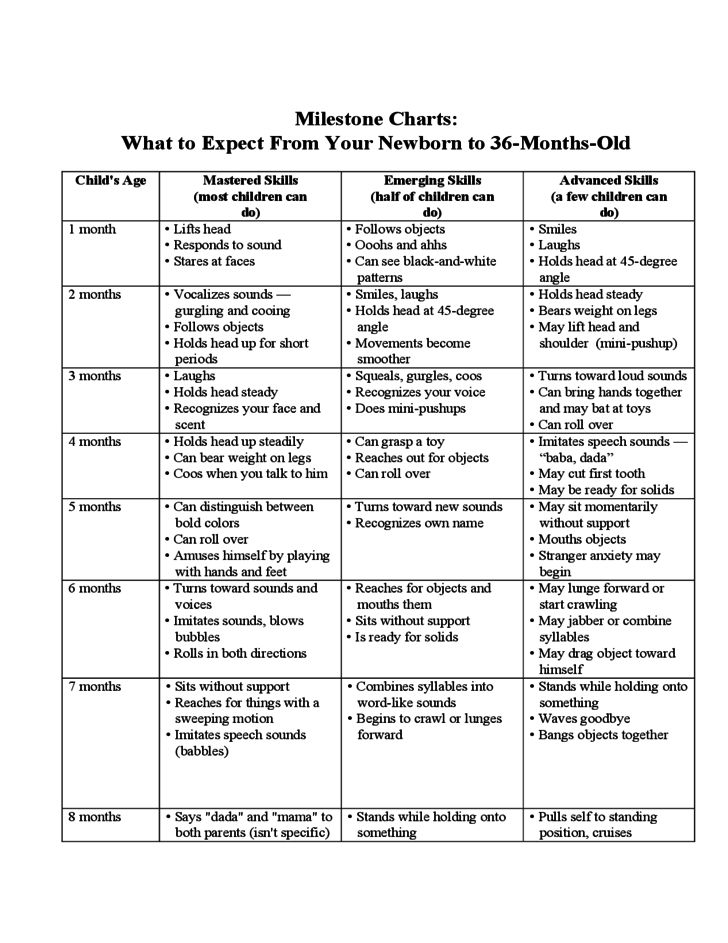
9 month old milestones
- Claps their hands
- Attempts to wave
- May use fingers to point
- Picks up small objects like finger foods
- Remembers the location of toys and other objects
- May cry when you leave due to separation anxiety
- Understands certain words, like their name and "no"
- Makes many different sounds
- Has likely begun crawling
- Might be afraid of strangers and clingy with parents
- Can probably pull themselves up to stand
- Can get into sitting position and sit without support
Learn more about milestones, growth, and development for your 9-month-old.
10 month old milestones
- Experiments with toys by shaking, throwing, or banging them
- Copies your patterns of speech
- Can likely understand and use some baby sign language
- May communicate using basic gestures, such as pointing at objects they want
- Might crawl
- May pull themselves up to stand
- Might take a few steps on their own
Learn more about milestones, growth, and development for your 10-month-old.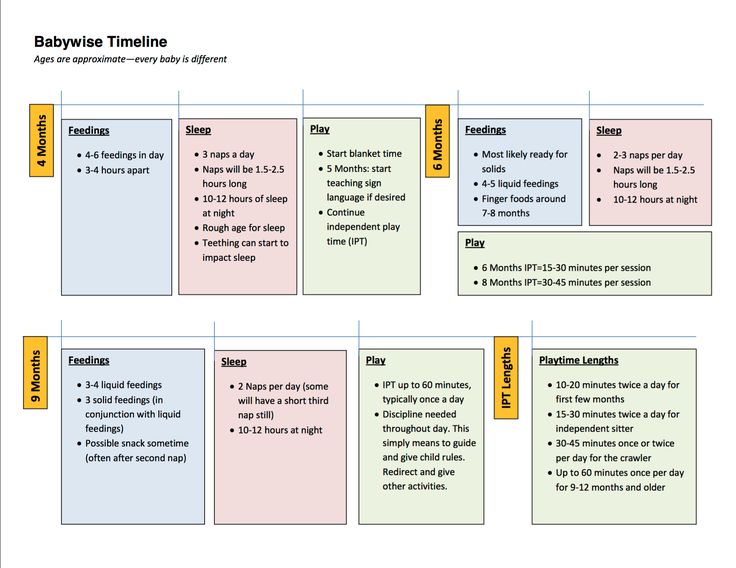
11 month old milestones
- Understands more words
- Looks at objects when named
- Uses gestures to communicate, such as waving bye
- May be able to pull up with support and stand for a few seconds
- May "cruise" while standing and holding onto furniture or a walking toy
- Might take a few steps without holding on
- Could say first words
- Might be able to follow simple directions
Learn more about milestones, growth, and development for your 11-month-old.
12 month old milestones
- Sits without support
- Get onto hands and knees
- Pulls up to stand
- May remain standing without support
- Crawls
- Cruises (walks while standing and holding onto furniture or a walking toy)
- May walk without support
- Explores objects by banging, shaking, and dropping
- Moves objects in and out of containers
- Uses a sippy cup
- Says single words, like "dada" or "uh oh"
- Tries to imitate words
- Remembers where objects are hidden
- Responds to simple commands
- Look at correct picture when image is named
- Uses gestures, such as shaking head no
- Points at objects or people of interest
- Shows preferences for certain people or toys
- Likely experiences some separation anxiety
- May hold a marker and try to scribble
Achievements of a child up to 1 year in the table - the essence and benefits of the method
Content of the article
- From birth to a year
- What is the table for?
- Developmental norms for children up to six months
- On the way to the first anniversary
- We monitor the development of the child ourselves
The word "table" frightens many parents with its "documentation".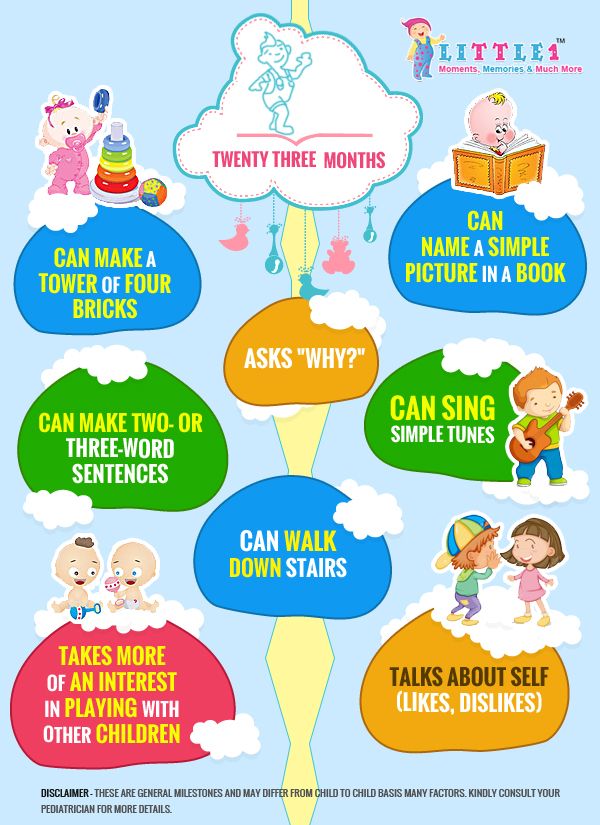 Some simply do not believe the summary tables of different parameters, others refer to individuality and do not want to be equal to everyone, while others, on the contrary, see a lot of deviations and pathologies at the slightest deviation from the tabular data. The fourth do not consider themselves obliged to bother with constant reconciliation with something or tracking dynamics ... What are child development tables for? Can they be trusted? Why maintain your own spreadsheet?
Some simply do not believe the summary tables of different parameters, others refer to individuality and do not want to be equal to everyone, while others, on the contrary, see a lot of deviations and pathologies at the slightest deviation from the tabular data. The fourth do not consider themselves obliged to bother with constant reconciliation with something or tracking dynamics ... What are child development tables for? Can they be trusted? Why maintain your own spreadsheet?
From birth to a year
A newborn baby makes an unimaginable leap in mastering all sorts of skills in the first year of his life. Vigilant parents always monitor their dynamics. But often we tend to “exaggerate a little” the situation - for complacency and pride in front of others. As soon as the child has taken a couple of first steps, we rejoice: he walks! As soon as he took a spoon in his hand, we are delighted: he eats himself! Often, such behavior can be the reason that parents do not notice: their child has mastered this or that skill too late or has not yet mastered it at all (did not speak by the year - it’s not scary, everything has its time).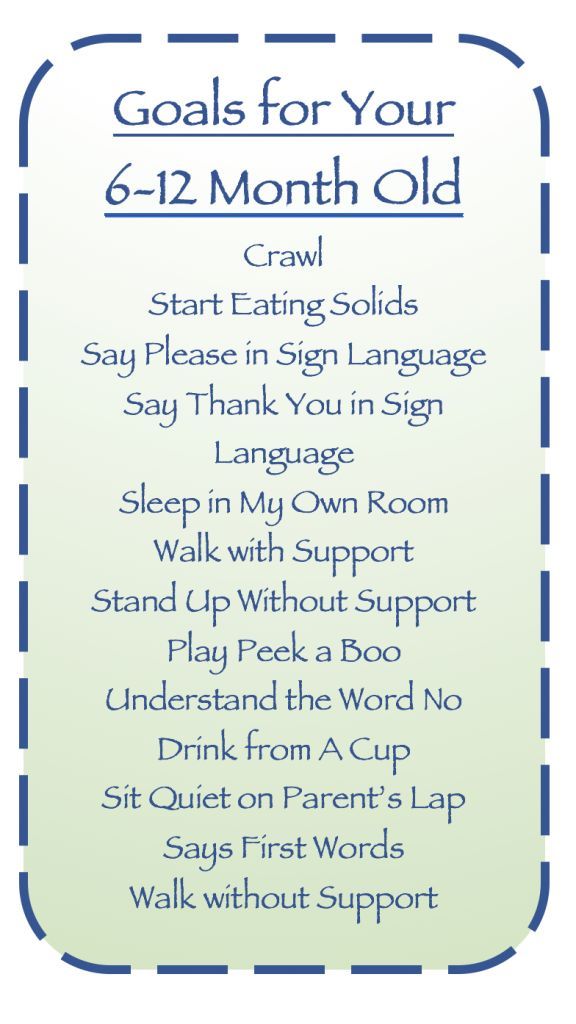
What are the main achievements of a child under 1 year of age? What to pay attention to? During the first 12 months he will learn:
- to hold his head;
- lie on the stomach;
- roll over;
- crawl;
- sit;
- get up, stand and walk;
- smile, frown and express other emotions;
- follow objects, bright toys, loud and soft sounds;
- play hide and seek;
- take toys, play with them, give them to adults;
- communicate using cooing, babbling, gestures and emotions;
- empathize with others;
- respond to your name;
- say goodbye and greet others with gestures;
- to recognize one's own and others, to trust other people, not only relatives;
- speak the first "real" words;
- understand the first prohibitions;
- respond to praise;
- understand that the item is there, even if it is hidden;
- to understand that mother will return if she left;
- eat with a spoon and drink from a cup by yourself.
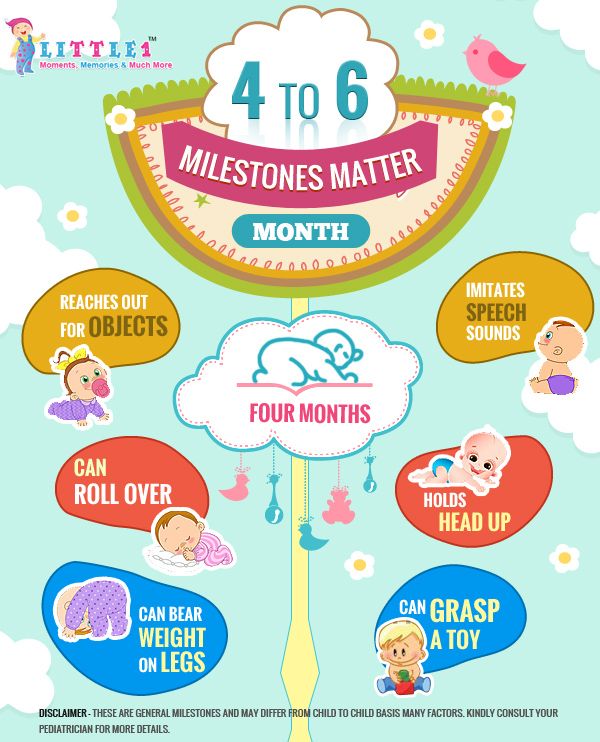
Isn't it an impressive list? But - quite average: someone knows a little more, someone a little less. In general, the mental, physical, emotional and speech development from birth to the first anniversary of the child goes a long way, worthy of admiration.
If you notice that your baby is lagging behind in one area or another, do not wait for the next scheduled visit to the doctor. Contact us as soon as something seems suspicious. Let this be a "false alarm" rather than an ignored symptom. An understanding doctor will never reproach you with excessive suspiciousness, but, on the contrary, will tell you why the child alerted you, what certain problems are connected with (perhaps, indeed, not problems at all).
What is the table for?
Parents should, first of all, understand that the table is a selection of the main, important indicators of the development of babies, based on deep long-term studies and giving an idea of the developmental norms of certain indicators in children at different ages.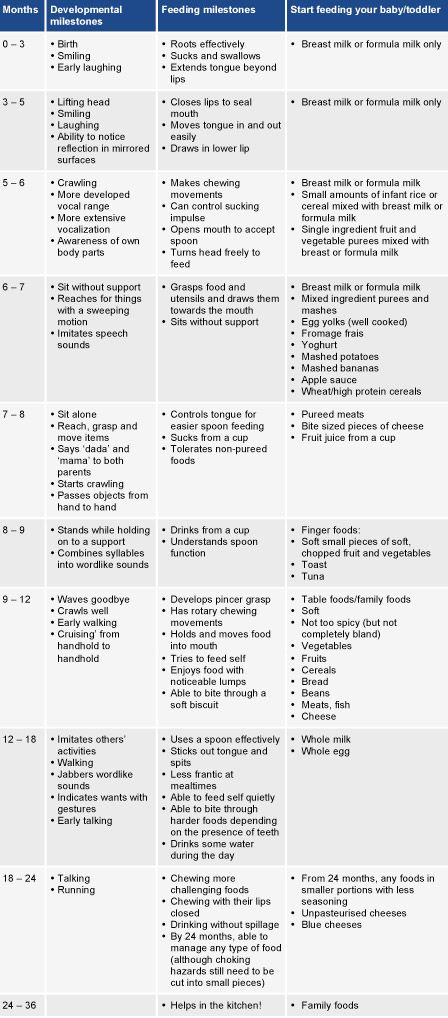
By the way, such tables are often used by pediatricians and neurologists to evaluate a child if at some stage his achievements differ from those generally accepted. Taking into account the course of pregnancy and childbirth, social conditions, the presence or absence of any diseases in the baby, as well as comparing the data in the table with the skills of the child, the doctor can conclude whether in each case this or that lag is a symptom serious deviations.
Perhaps it's just about individual dynamics (the child is genetically predisposed to delay, or has a large weight, at which it is more difficult for him to master motor skills, or it's just his temperament - he is a little lazy and slow). Or the situation requires correction of the actions of parents to develop the skills of their child (they do not work with him enough, communicate, play). Perhaps the baby receives an unbalanced diet or is little in the air.
All this affects his skills and does not always indicate a serious pathology.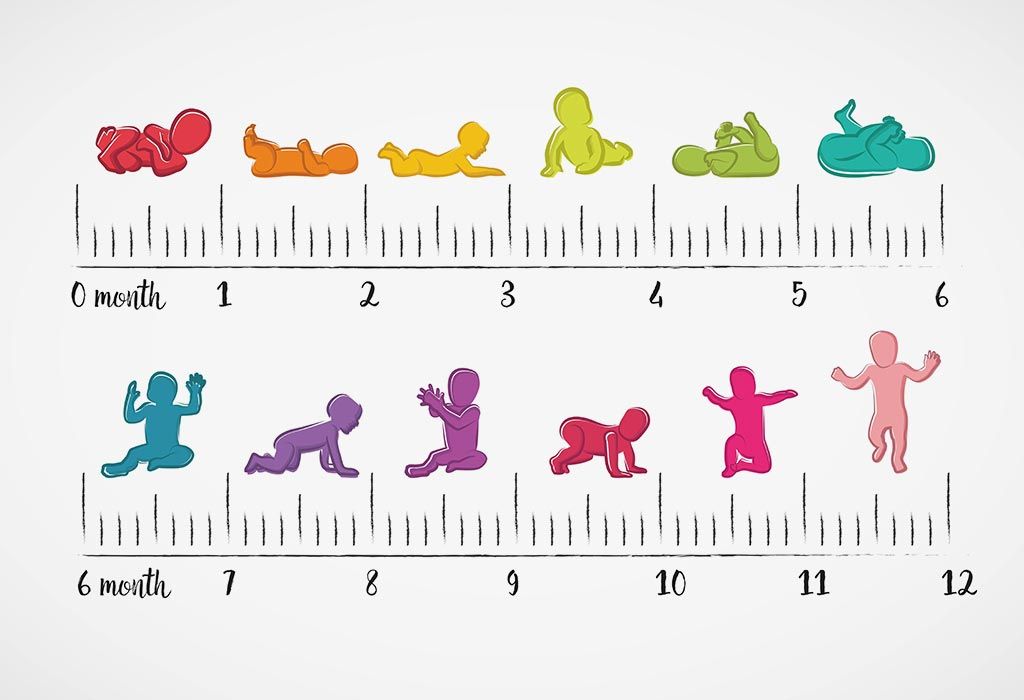 The table in this case is a convenient tool that allows you to visually track the progress that will come after the correction of all these factors in a particular child, and determine, if necessary, a plan for further action.
The table in this case is a convenient tool that allows you to visually track the progress that will come after the correction of all these factors in a particular child, and determine, if necessary, a plan for further action.
Remember that a child's lag in any one area (for example, motor), if correction is not done in time, sooner or later will “pull” a lag in both speech and thought processes. Fixing this will be much more difficult. After all, the development of brain regions is interconnected. Some develop incorrectly - this affects the development of others. As well as vice versa (everyone knows that the development of the centers responsible for fine motor skills “includes” in the work the centers responsible for speech, thinking, memory).
Developmental norms for children up to six months
For clarity, here is a list of the basic skills of a child up to six months by months in the form of a table.
| Age (months) | Motor skills | Vision | Rumor | Emotions | Speech | Intellect |
| 1 | The limbs are bent, there are many reflexes, the grasping and sucking reflexes are expressed. | Fixes attention on a toy or an adult's face for several minutes. Follows a slowly moving object or a bright toy in front of the eyes. | Listens to voices, sounds, rattle noise. Turns head towards sound | by 4 weeksSmiling at mom by 4 weeks. Joyfully twists his arms and legs at the speech addressed to him. A complex of revival appears as a reaction to loved ones. | Uses simple guttural sounds (ah, eh, gee, kh). | Adapts to the surrounding world, shows interest in it. |
| 2 | Spreads the arms to the sides, can turn the head, on the stomach raises the head for a short time. Holds the toy for a couple of seconds. | Follows a toy or object for about 15 seconds. Fixes a look at them up to 25 seconds. Sees objects in depth. | Concentrates on sounds for up to 10 seconds. He turns his head towards them. | The revitalization complex is more pronounced. | Starts to hum with the sounds "aha", "aha", "gee".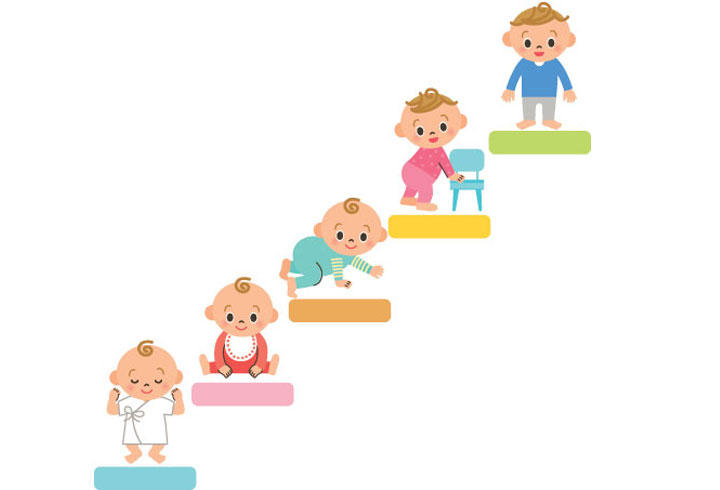 Crying intonation colored. Crying intonation colored. | Interest in the outside world grows, hand-eye coordination appears. |
| 3 | Holds the head upright for half a minute, on the stomach for up to a minute. In this position rests on the elbows. With the support of the armpit rests with even legs on the surface. Grabs objects not reflexively, but consciously. | Follows a moving object or toy with interest. Up to 5 min. can see the handles. Sees objects at a distance of up to 60 cm from the eyes. | Turns his eyes and then his head towards the sound. At a sharp sound freezes, frowns and cries. | Consciously builds eye-to-eye contact with an adult. The recovery complex is pronounced. | He hums actively and for a long time. | Consciously and selectively interested in the objects of the surrounding world. |
| 4 | Able to turn on its side, tries to roll over on its tummy. Holds breast and bottle while breastfeeding.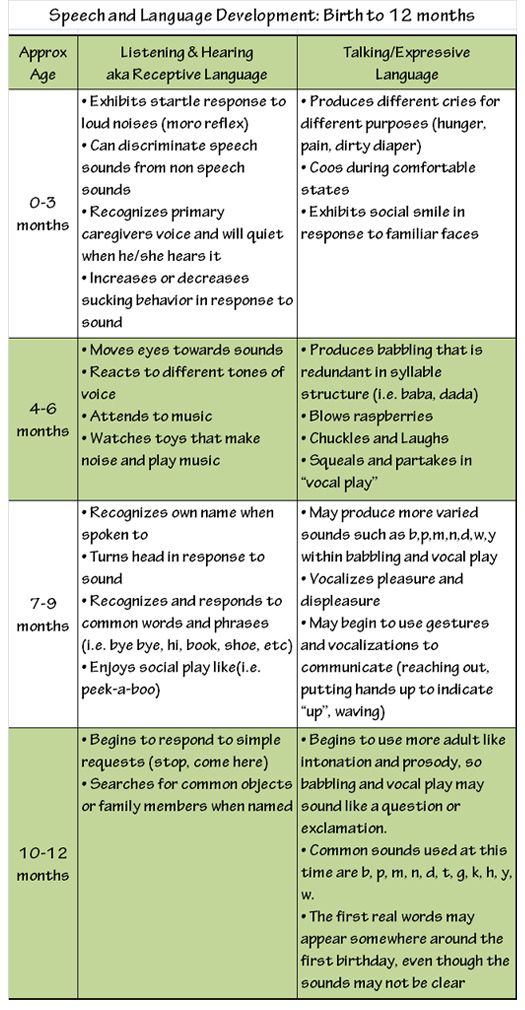 | Recognizes close people, himself in the mirror. Follows the toy for about 3 minutes. | Responds to music. He turns his head towards the sound. Distinguishes relatives by voices. | Laughs loud and boisterous. Responds to a smile. Requires adult attention. | Actively hums. The first syllable chains appear in speech. | Actions become purposeful and conscious. Understands simple cause and effect relationships. Interested in everything new. |
| 5 | Attempts to sit up. Lying on his stomach, rests on the palms of straight arms. He examines objects by feeling, pulls them into his mouth. | Distinguishes relatives from strangers. Follows the subject up to 15 minutes. | Distinguishes speech by intonation. The sound turns the whole body. | Requires communication, attracts attention. Interested in other children. | Songful, lingering cooing. | Interested in objects up to 1 m away, as well as various parts of his body.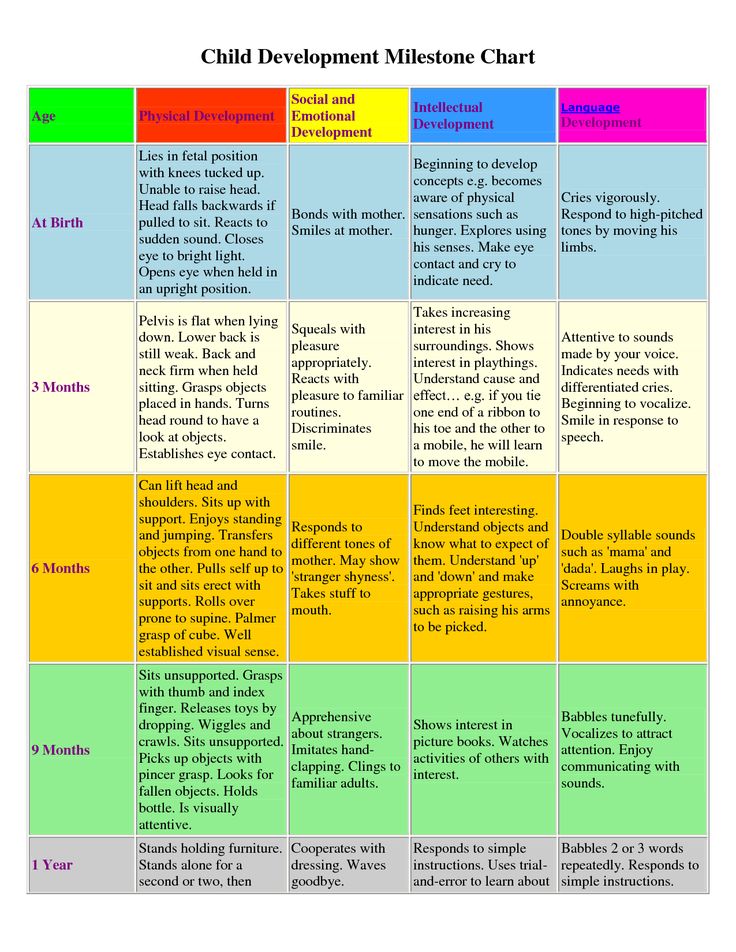 |
| 6 | Rolls over from stomach to back. Crawls on belly. Worth the support. He takes out and grabs objects, shifts them in his hands. Holds a bottle. | Vision becomes sharper - the baby distinguishes small objects. | Hearing is improving. The baby hears even quiet sounds: whispers, rustles. | Feels love for parents, expects praise, love and support from them. | Cooing turns into babbling. The kid repeats up to 40 syllabic variations. | Sets simple goals and understands how to achieve them (to take a toy, you need to move the box). |
On the way to the first anniversary
That's how much a child can do in six months. In the next half year, his skills are developing even more rapidly. From a baby, the baby quickly turns into a “slider”, and then into a “walker”.
| Age (months) | Movements | Skills | Emotions | Speech | Intellect |
| 7 | Sits without support, can roll over on the stomach and back.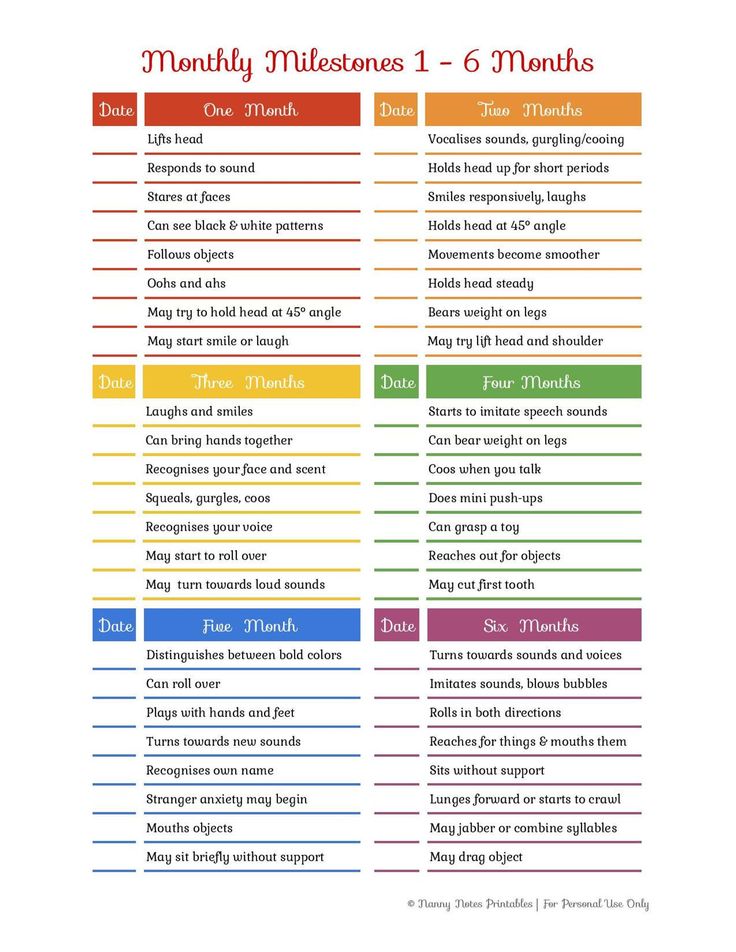 Crawls on all fours. Likes to throw things. She shifts them in her hands, knocks them on the surfaces. Crawls on all fours. Likes to throw things. She shifts them in her hands, knocks them on the surfaces. | Drinks from a cup in the hands of an adult, eats well from a spoon. For a long time, a cracker, a bagel can “procrastinate”. | Wants to be the center of attention. But now - for joint games. | Actively babbles. Pronounces clear combinations of syllables (“ba-ba”, “da-da”, “ma-ma”) | Understands simple cause-and-effect relationships (looks where an abandoned toy falls, looks for the door to the kitchen when hungry) |
| 8 | Gets up on the legs on the support. With support, steps over with legs. Crawls actively. He sits confidently. | Reaches out his hands to his belongings, recognizing them. Holds in hand and eats bread. | Begins to be afraid of strangers, afraid of losing a loved one from sight. | There are more and more syllables and syllable combinations in babbling. | Starts to explore and study everything around (especially the arrangement of toys).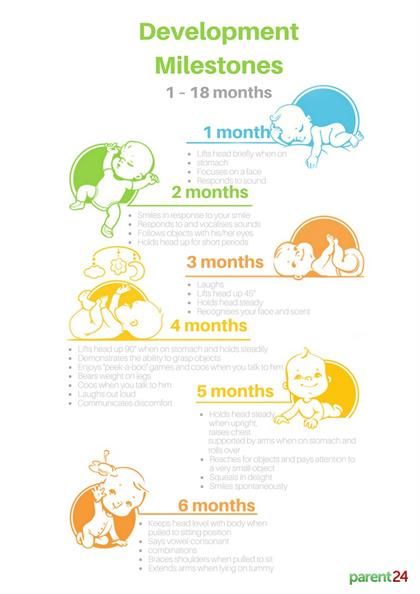 Looking for a toy that fell out of his hands. Looking for a toy that fell out of his hands. |
| 9 | Holds a support with one hand, stepping over, grabbing a toy or other support with the free hand. Long sits and crawls. | Drinks from a cup in the hands of an adult, holding it with his hands. Can hold a spoon. Doesn't want to hand over item. Ready to be potty trained. | Experiences many emotions (fear, surprise, joy, anger). Seeks to captivate adults with their games. | The first indicative "words" appear. Understands requests and prohibitions. | Separates himself from an adult, considers himself the most important. Memory develops. |
| 10 | Can stand without support or support. Moves on a support or pushing a chair. | Rolls a ball, collects a pyramid, carries a typewriter. Picks up a dropped item | A sense of humor appears. Likes to play hide and seek. Gets upset when he hears the ban. Contact with other kids. | Repeats syllables after adults.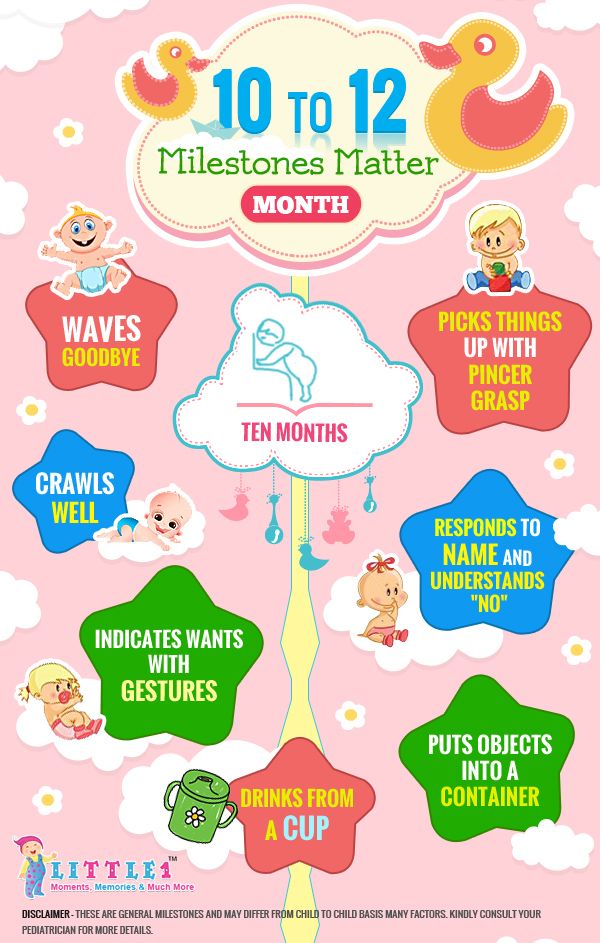 Can pronounce first words (mom, give, there) Can pronounce first words (mom, give, there) | All sensations develop: sight, hearing, taste, smell, tactile perception become sharper. Improves memory. |
| 11 | Stands confidently without support, legs apart, balancing with hands. Walks with support. | When grasping an object, the toy opens its palm according to its size, points with a finger to where it is interested in something. Can pick up food with a spoon. | Understands that adults can be manipulated and attempts to do so. Can indicate “yes” or “no” with a nod of the head. | Knows a few simple words, can repeat new ones after parents | Persistently achieves a goal by repeatedly repeating the action. There are signs of plot in the game with toys (feeding the doll, rocking the bear, transporting cargo by car). Considers all information received. |
| 12 | Squats on his own, bends down for a toy. Overcomes steps with a side step.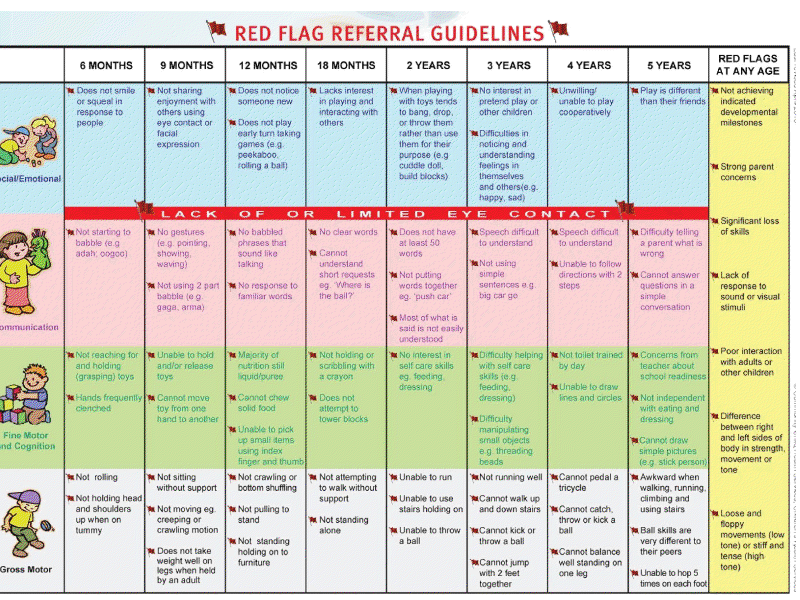 He walks a few meters. He walks a few meters. | Drinks from a cup independently, can use a spoon. | Experiencing a crisis in the first year of life associated with "separation from adults" due to learning to walk. Becomes naughty and disobedient. | Can say a few simple words and a few imitative ones. Understands what is being said, even if he does not see the subject. | Begins to understand general categories of objects (furniture, vehicles, food) or toys (balls, cars, blocks, dolls). The beginning of the formation of voluntary attention. |
We monitor the development of the child ourselves
With the help of such tables, mothers can easily find out whether their child has mastered everything that should already be known. There is another option for such work: you can independently draw such a table on a large sheet of paper and mark with a cross or a tick the time when the child has another skill.
By the way, you don't have to copy all the columns as they are.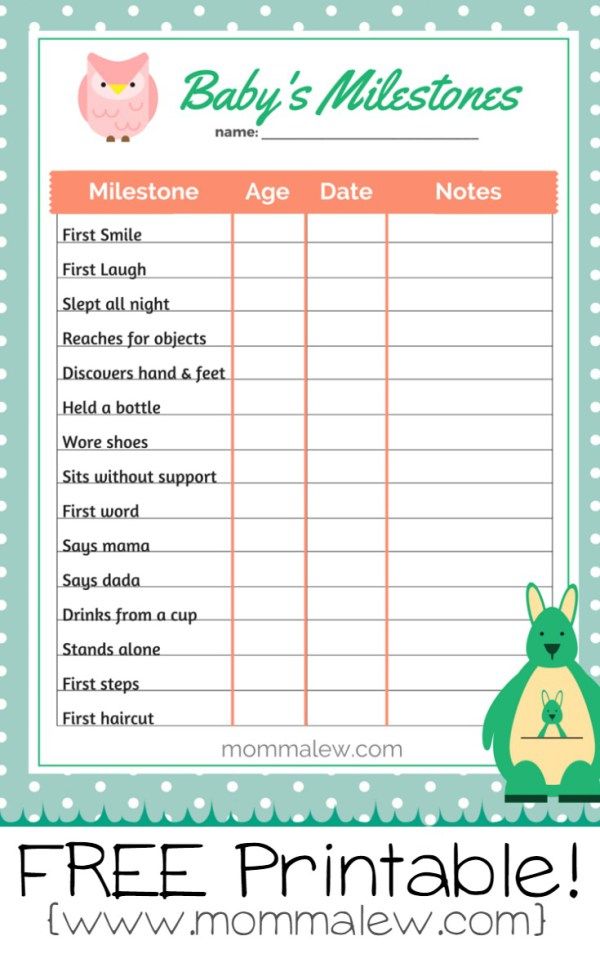 Mom can add items to the table that she herself wants to keep track of. For example, columns “tactile sensations” or “social experience” may appear, in the column “speech” one can distinguish between active (pronounced words) and passive (understood words), add fine and large motor skills, coordination, appearance of teeth separately to physical development. And the “intelligence” column can be broken down in more detail by adding such concepts as “attention”, “memory”, “logic”, “thinking”.
Mom can add items to the table that she herself wants to keep track of. For example, columns “tactile sensations” or “social experience” may appear, in the column “speech” one can distinguish between active (pronounced words) and passive (understood words), add fine and large motor skills, coordination, appearance of teeth separately to physical development. And the “intelligence” column can be broken down in more detail by adding such concepts as “attention”, “memory”, “logic”, “thinking”.
In addition, each column can be divided into parts: the beginning of mastering the skill, mastering the skill, confident mastery.
By showing their pediatrician such a table at the appointment, parents will help him much faster and more accurately draw a conclusion about the level of development of the child at a particular stage. Especially if something worries them and they want to dispel their doubts or detect the problem in a timely manner.
And sometimes doctors themselves ask parents to keep such records if there are any doubts or suspicions of deviations from the norm.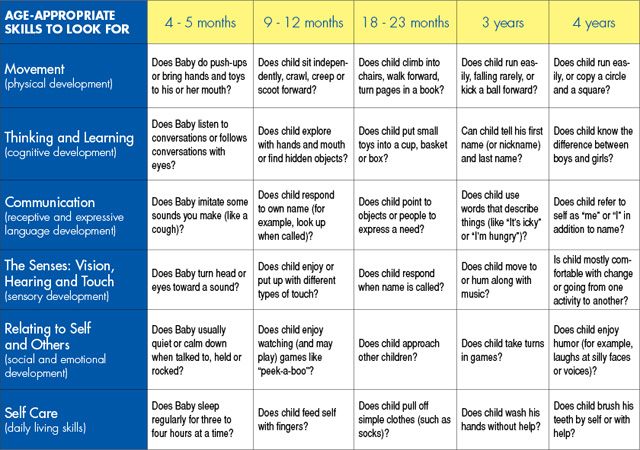 It often happens, for example, that the baby is a little behind because this month he was very sick and weak. But he will catch up with his peers if there are no other violations. But a child who lags behind the norms from stage to stage requires closer attention.
It often happens, for example, that the baby is a little behind because this month he was very sick and weak. But he will catch up with his peers if there are no other violations. But a child who lags behind the norms from stage to stage requires closer attention.
Renowned pediatricians Martha and William Sears strongly recommend keeping such tables. But what is remarkable, they advise comparing the development of the child in them not with the norms or the development of the surrounding children, but with the achievements of the baby himself, only at the previous stage. If the development of a child progresses from month to month, but turns out to be slightly lower than the generally accepted one, this is his individual pace of development. The main thing is that the baby goes through all the stages in sequence.
Keep these tables as a memento. When children grow up, they become curious about what they were like as children. Mom will be able to easily tell the child about this, based on the data of such a table, even if she herself has already forgotten something.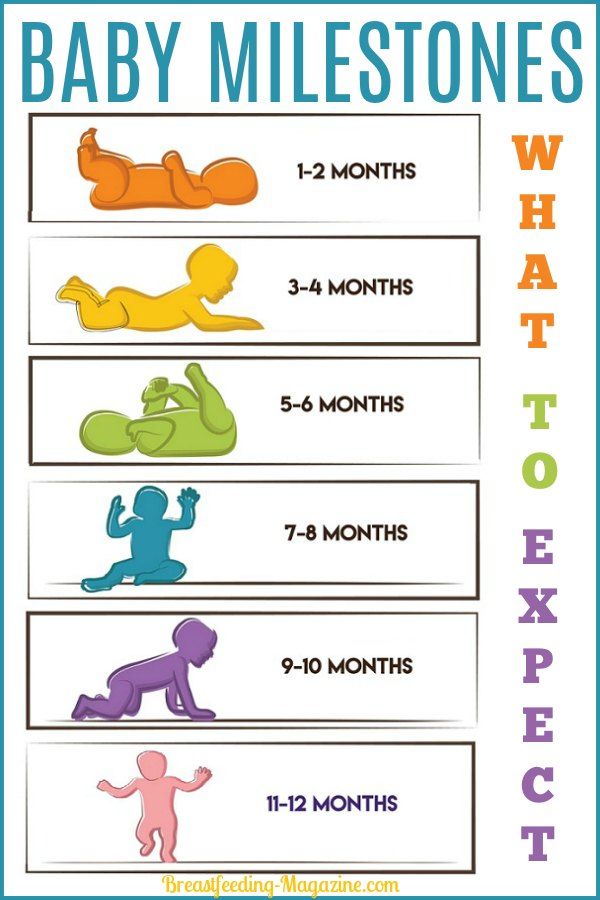 She herself will be interested in remembering how the baby developed at that age.
She herself will be interested in remembering how the baby developed at that age.
The child development chart is an excellent and convenient visual way to clearly track the pace of development of a small person. Having tried to use them once, parents will quickly appreciate their benefits. In addition, they will become a wonderful memory of how the child lived the first year of his life.
Child development by months to a year: child development calendar and table
02/22/2020 Reading time: 5 min 60754
Concern for the health and well-being of their child is natural for all parents.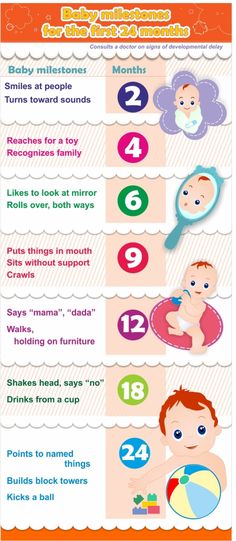 But the greatest concern is experienced by moms and dads in the 1st year after the birth of the baby. During these 12 months, a child goes through a truly huge journey from a helpless newborn to a child who actively explores the world around him and knows how to interact with it.
But the greatest concern is experienced by moms and dads in the 1st year after the birth of the baby. During these 12 months, a child goes through a truly huge journey from a helpless newborn to a child who actively explores the world around him and knows how to interact with it.
Each stage of this path has its own characteristics, and the table of child development by months, which shows the main indicators of height and weight, will help to partly understand them.
| Age (months) | Height (cm) | Body weight (kg) |
|---|---|---|
| Newborn | 49.0 - 54.0 | 2.6 - 4.01 |
| one | 52. | 3.0 - 4.3 |
| 2 | 55.0 - 57.0 | 4.5 - 5.0 |
| 3 | 58.0 - 60.0 | 4.0 - 6.0 |
| four | 60.0 - 63.0 | 4.5 - 6.5 |
| 5 | 63.0 - 67.0 | 6.5 - 7.5 |
| 6 | 65.0 - 69.0 | 7.5 - 7.8 |
| 7 | 67.0 - 71.0 | 8.0 - 8.8 |
| eight | 71. | 8.4 - 9.4 |
| 9 | 72.0 - 73.0 | 9.4 - 10.0 |
| ten | 73.0 - 74.0 | 9.6 - 10.5 |
| eleven | 74.0 - 75.0 | 10.0 - 11.0 |
| 12 | 75.0 - 76.0 | 10.5 - 11.5 |
The development of the child by months, or rather the main physical parameters of growth and weight gain, given in the table, can be attributed to the average, since they do not take into account the individual characteristics of the baby's body. In any case, every month of life is a new achievement for the child!
1st month
At the age of one month, the baby is already trying to raise his head for a few seconds when he is in a position on his stomach.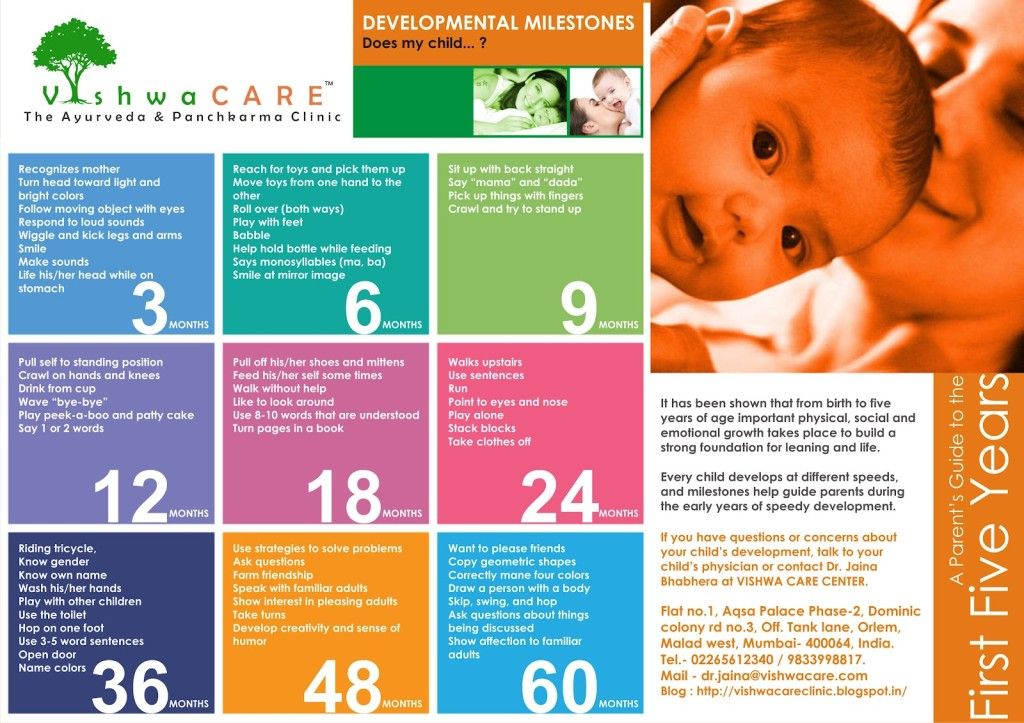 Responds well to loud sounds and bright lights. In response to loud and sharp sounds or bright light, the baby “protects itself” - waves its arms and then presses them to the body.
Responds well to loud sounds and bright lights. In response to loud and sharp sounds or bright light, the baby “protects itself” - waves its arms and then presses them to the body.
2nd month
When you hold the baby in your arms so that his body is in an upright position, you will see that he briefly tries or can hold his head. The child is no longer afraid of sounds and light, but tries to smoothly follow the object of interest to him. Moving objects that are within his reach, he tries to grab with his fingers, however, this does not always work out.
3rd month
Now the baby holds his head in an upright position. And in the position on the stomach, he is already able to lean on his elbows and try to lift the upper part of the body. He makes attempts to roll over, grab a sheet, reach for toys, but his coordination is not very good yet, and not all attempts are successful.
4th month
At this age, the baby already knows how to push off well with his feet when you hold him upright. His toys evoke a vivid emotional response. Interested, the baby raises its head and reaches for a bright object in an attempt to grab it.
His toys evoke a vivid emotional response. Interested, the baby raises its head and reaches for a bright object in an attempt to grab it.
5th month
The child rolls over from his back to his stomach and attempts to rise on his own to take a sitting position. But it cannot stay there for long. But he already firmly holds the object of interest to him in his hand and carefully studies it, distinguishes close people from strangers and begins to understand the emotions of his mother by the intonations in her voice.
6th month
The kid learned not just to sit, but to sit down on his own. It easily rolls over from stomach to back and vice versa. Taking the child by the handles, you can observe how he is already consciously, and not reflexively, trying to walk. He reaches for a fallen toy, and if he manages to get it, he picks it up without outside help.
7th month
This is the age when it is no longer enough for the baby to sit still.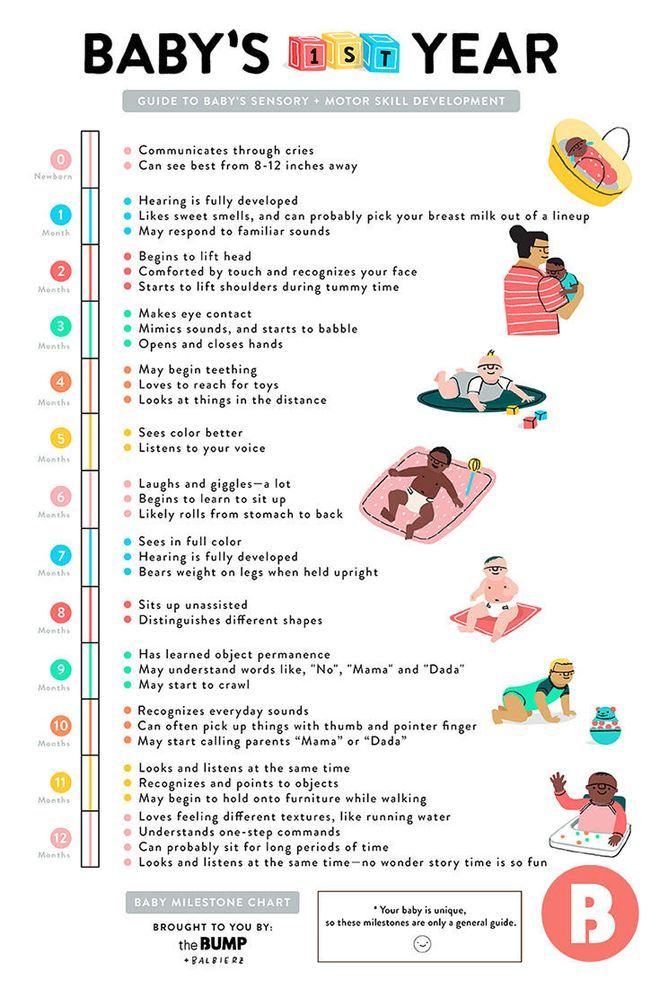 He actively masters crawling, and, leaning on furniture or other durable objects, he can stand. The surrounding world interests the baby more and more. He recognizes objects well (especially favorite ones), and studying his own reflection in the mirror becomes one of the most exciting activities.
He actively masters crawling, and, leaning on furniture or other durable objects, he can stand. The surrounding world interests the baby more and more. He recognizes objects well (especially favorite ones), and studying his own reflection in the mirror becomes one of the most exciting activities.
8th month
At this age, the child can play with his favorite toys for a long time. You can play "Ladushki" with him. He shows a wide range of emotions - from fear to joy, and holding the hands of mom or dad, he can quite confidently step over his legs on the floor.
9th month
Now the baby not only knows how to get up on his own and move around, relying on furniture, he can even refuse the help of adults and try to do everything himself. But here it is important to take into account the peculiarities of the development of the child and not rush him with the first independent steps.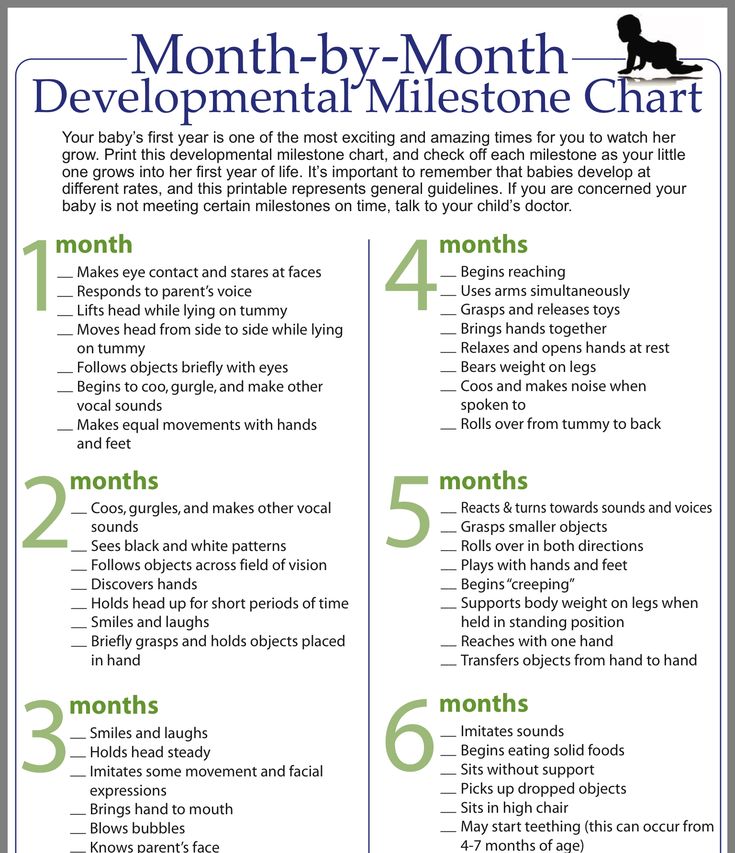
10th month
This is the age when the baby is no longer enough to show emotions with facial expressions. Now he knows how to do it with the help of monosyllabic words, hand movements. He perfectly imitates everything he sees and hears: the gestures of his parents, their intonation, their activities. Can engage in simple actions for a long time: open and close a chest of drawers or closet doors, throw and pick up a toy, and so on.
11th month
Communication skills have developed to the extent that the baby is able to express his agreement and disagreement, approval and disapproval with the right gestures and facial expressions. Refusing something, he shakes his head and nods in agreement. He already knows what sounds animals make, and when asked to show something or do something, he usually willingly agrees.
12th month
The child is interested in absolutely everything that happens around: the noise of traffic outside the window, the movement of water during bathing, more complex toys.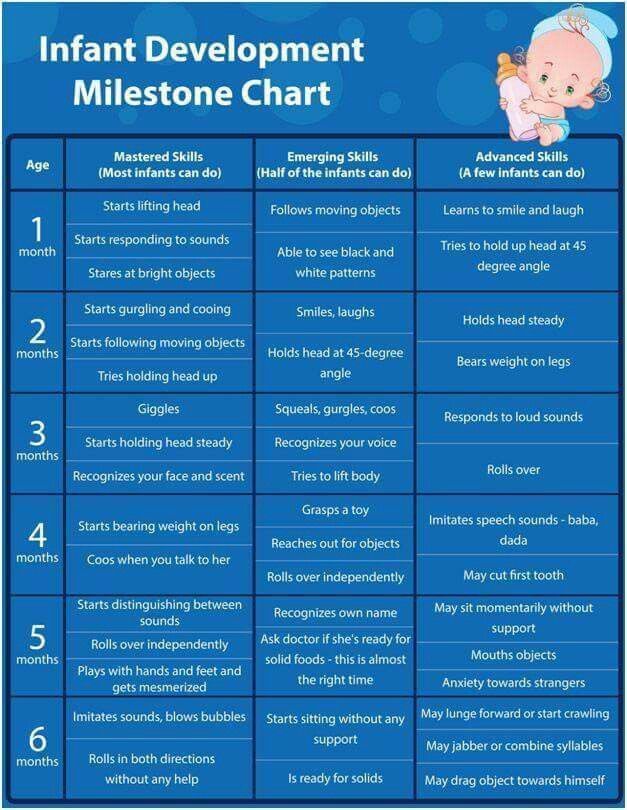
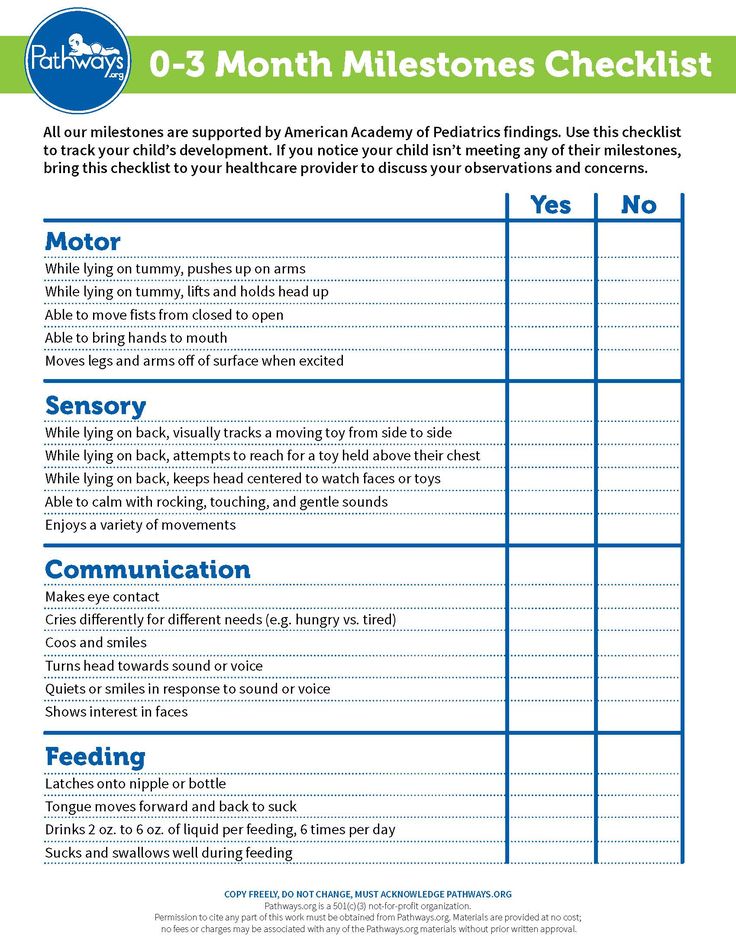 0 - 55.0
0 - 55.0 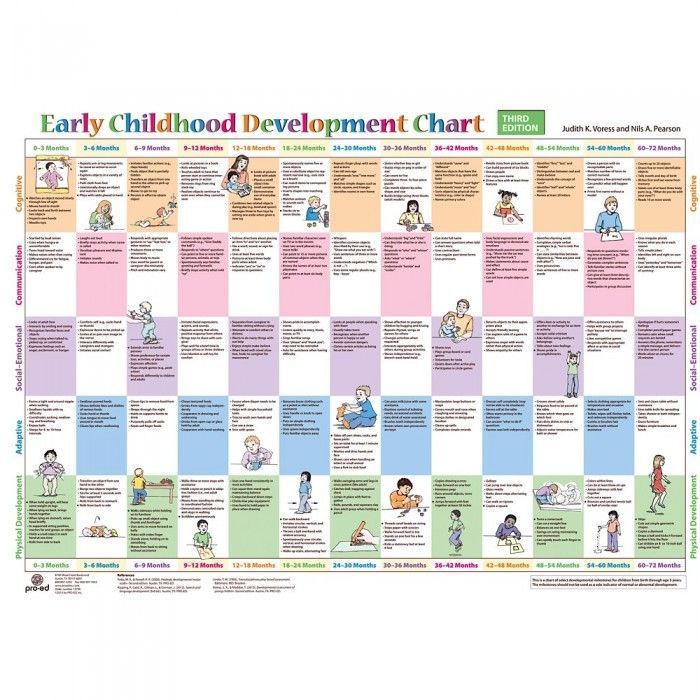 0 - 72.0
0 - 72.0 
